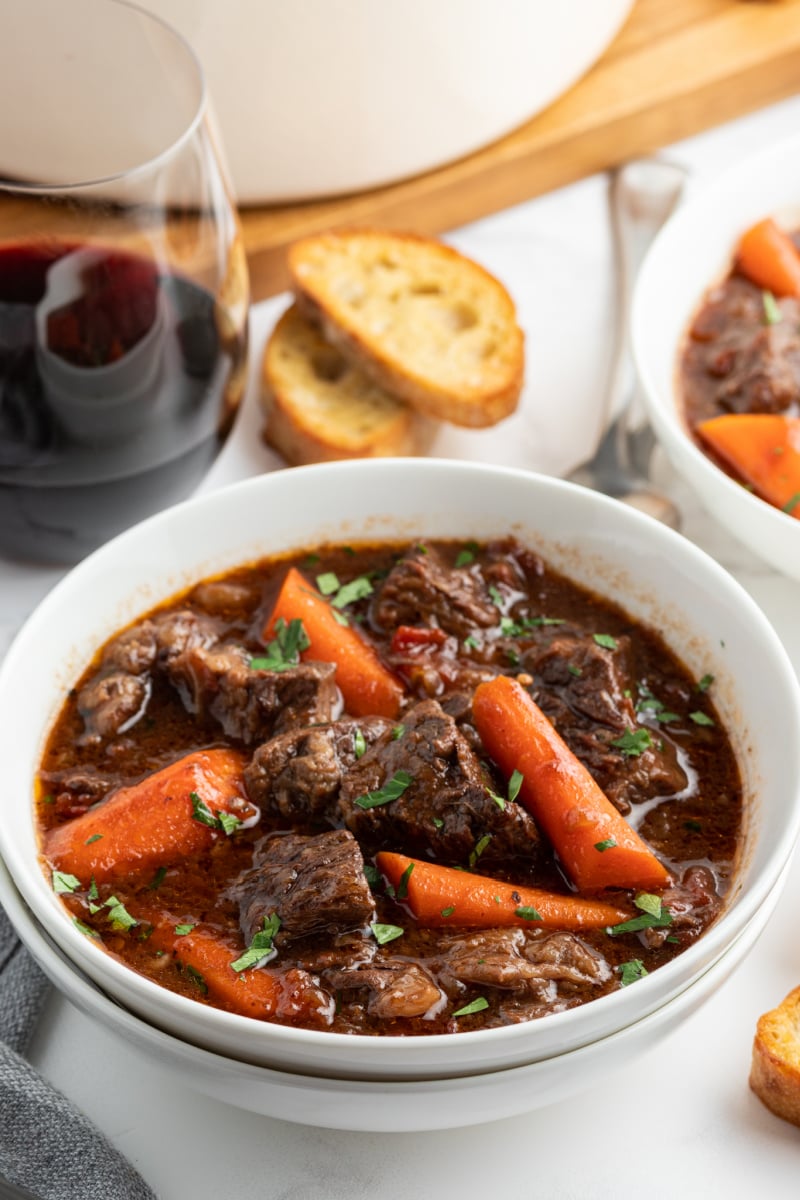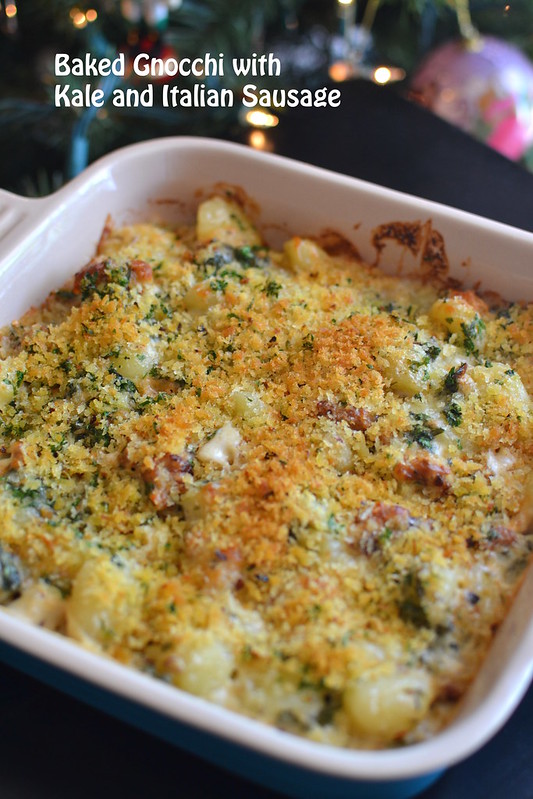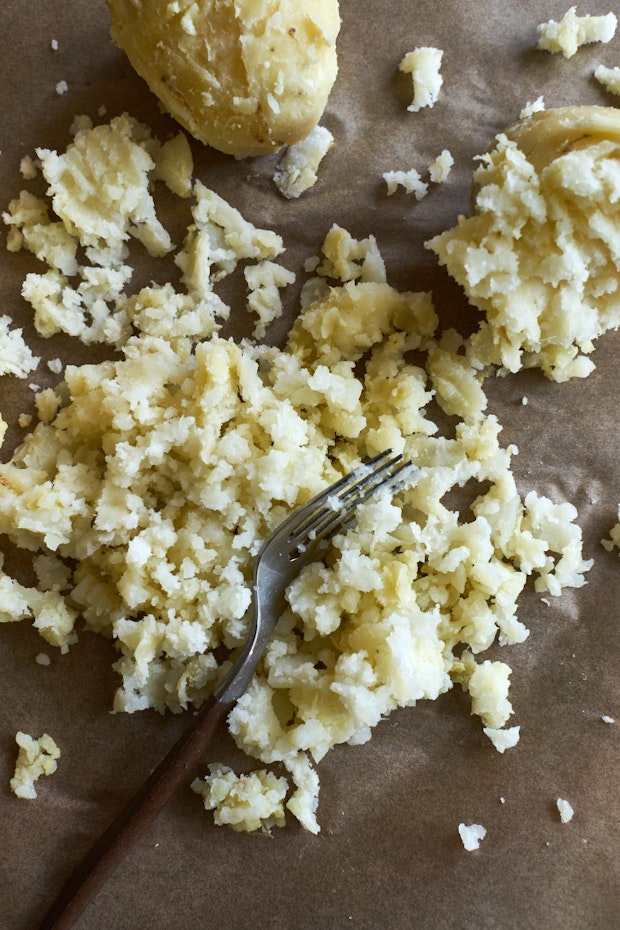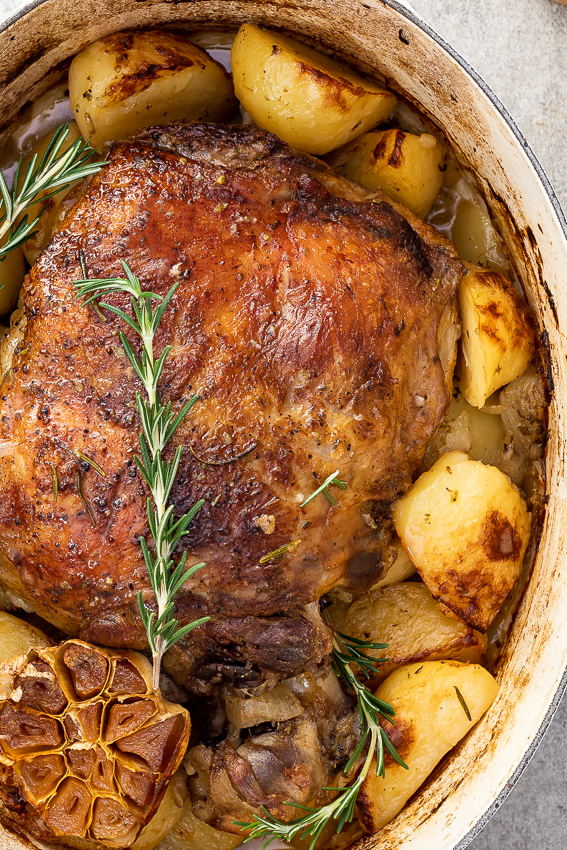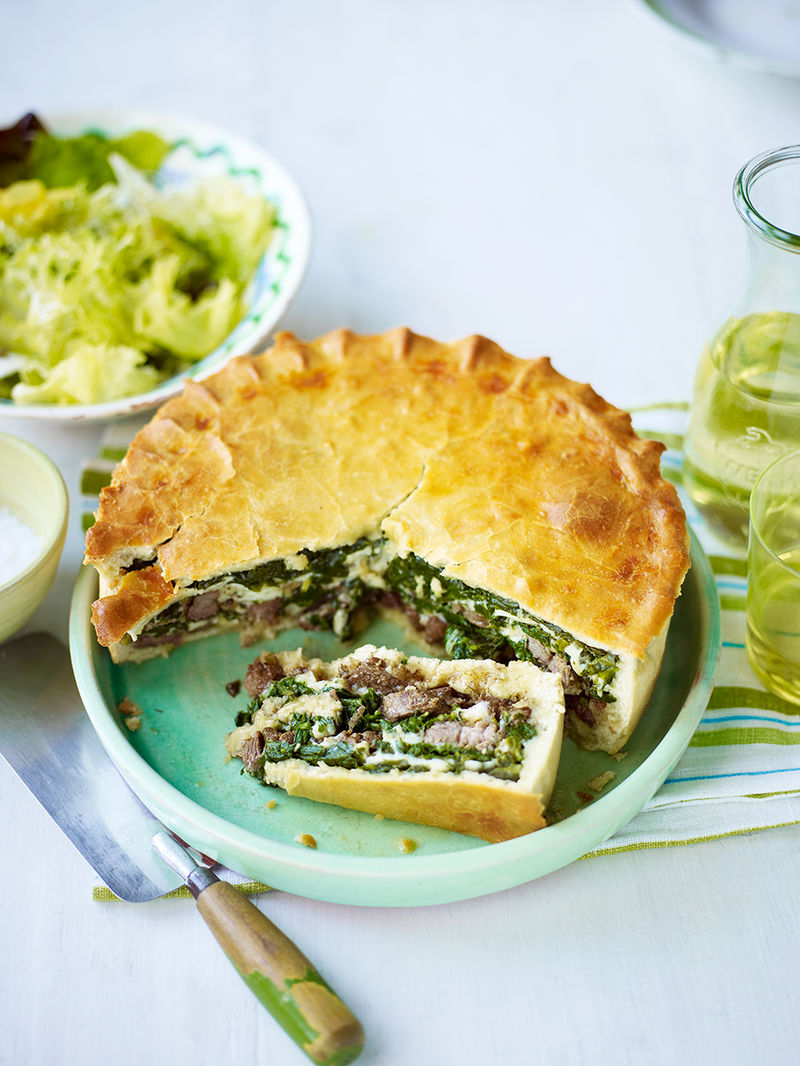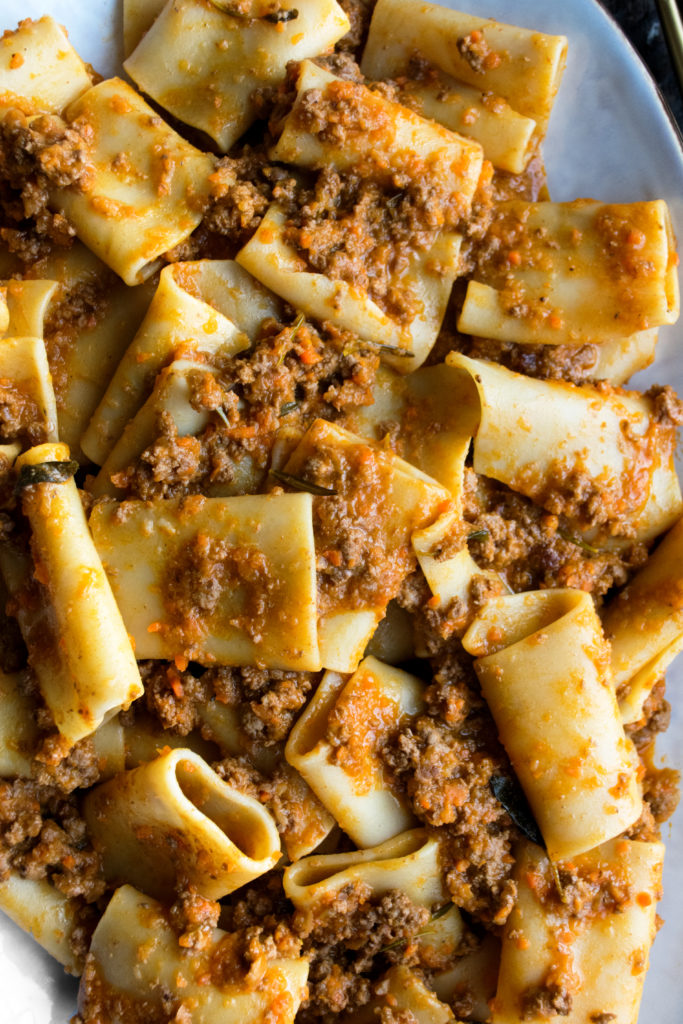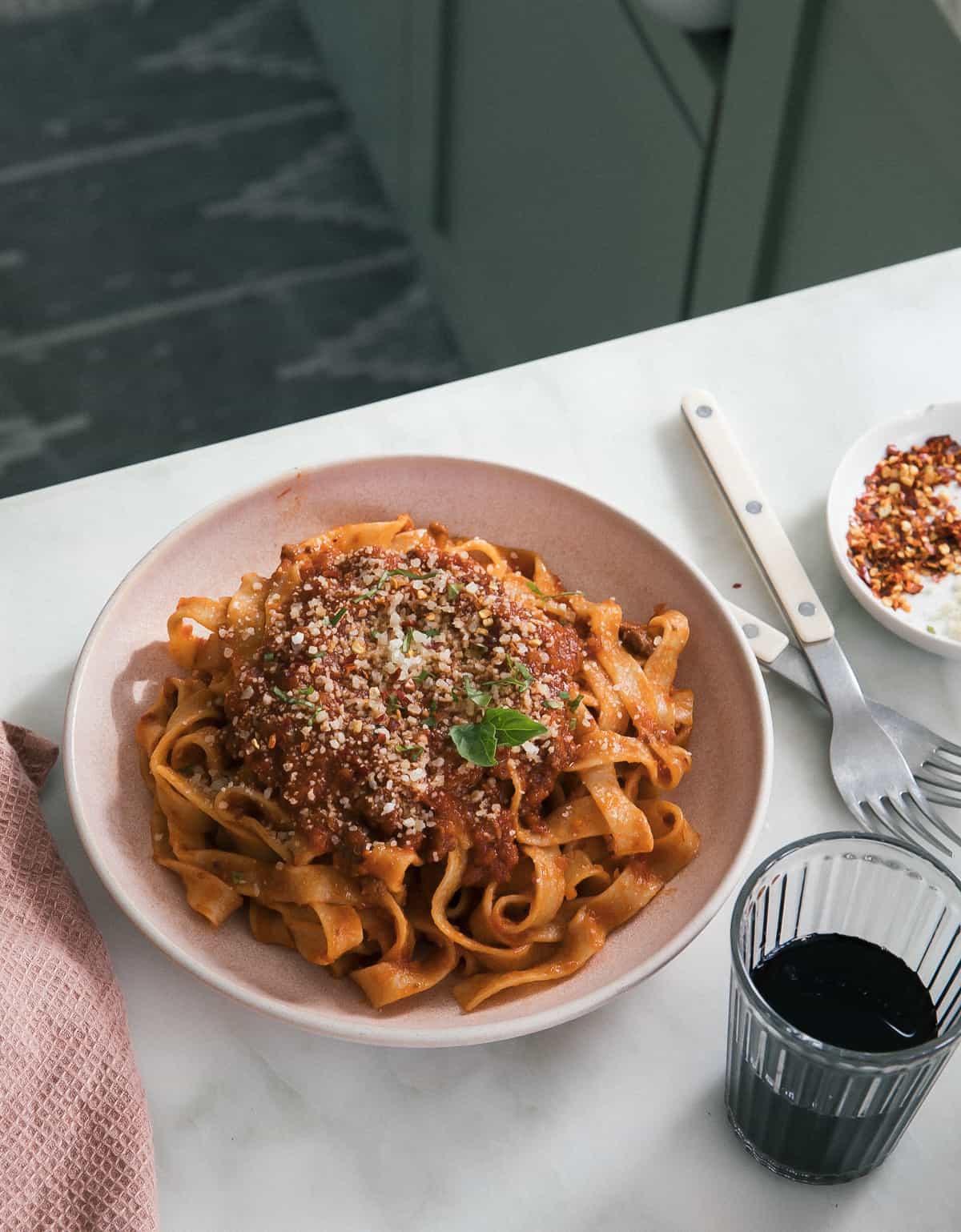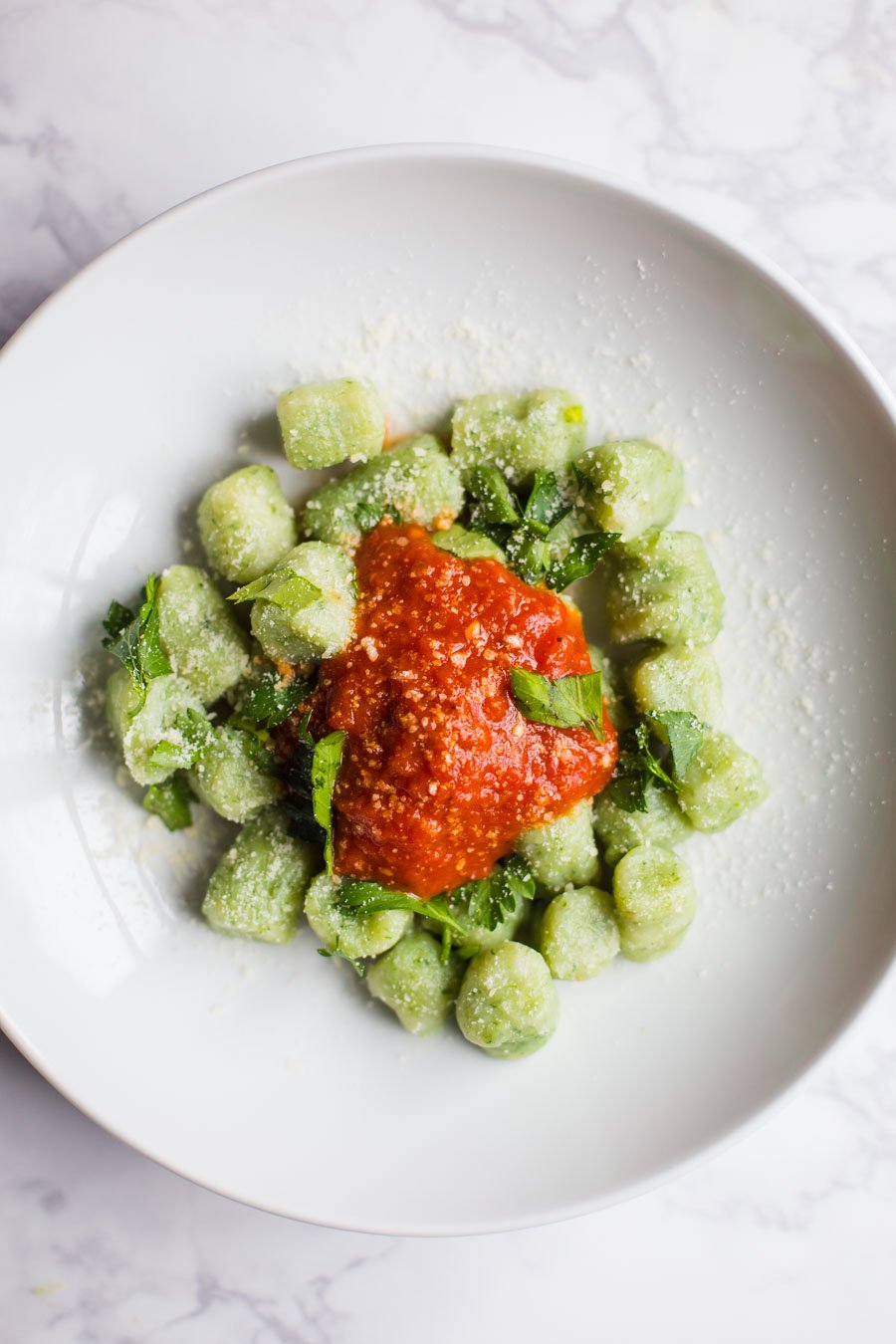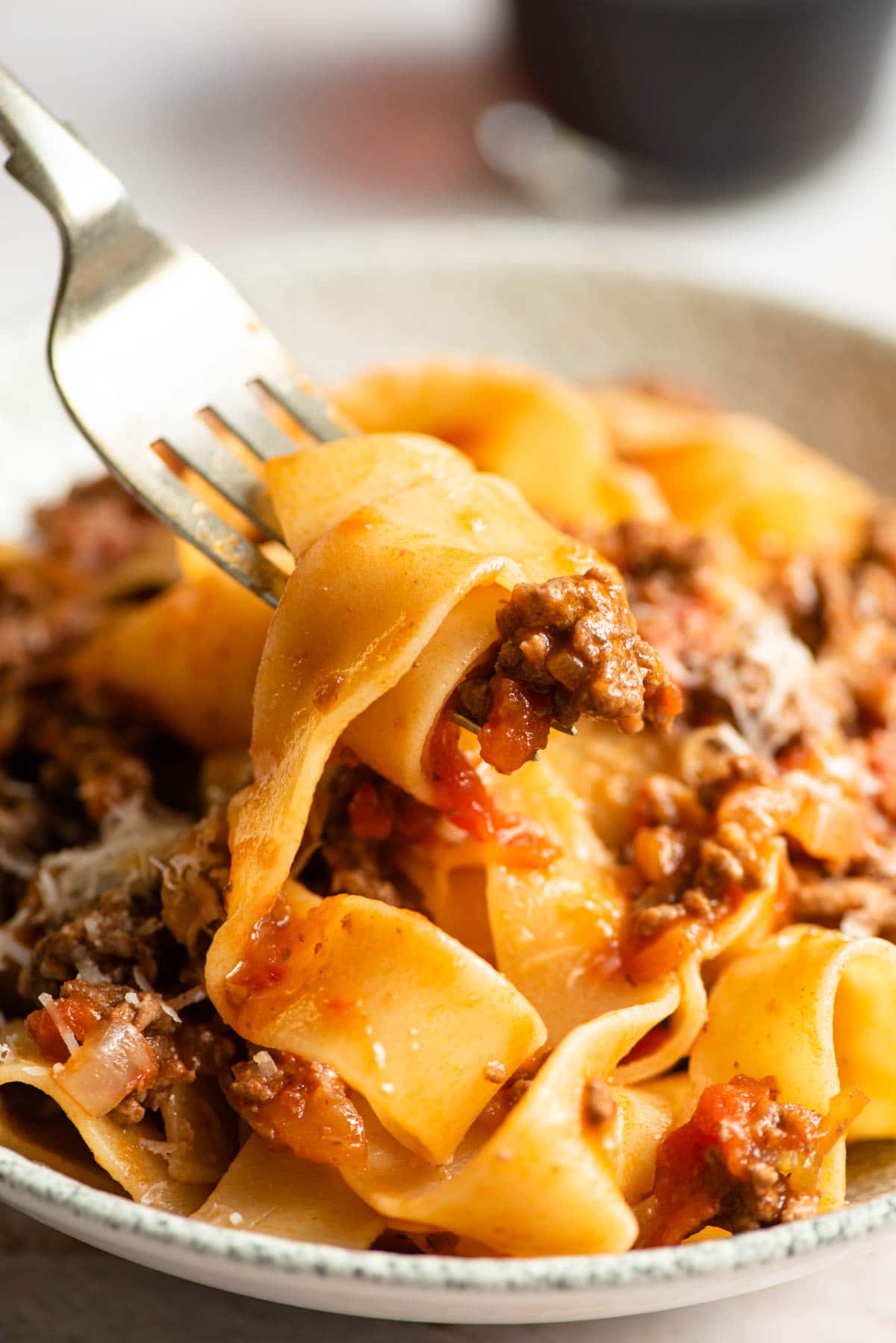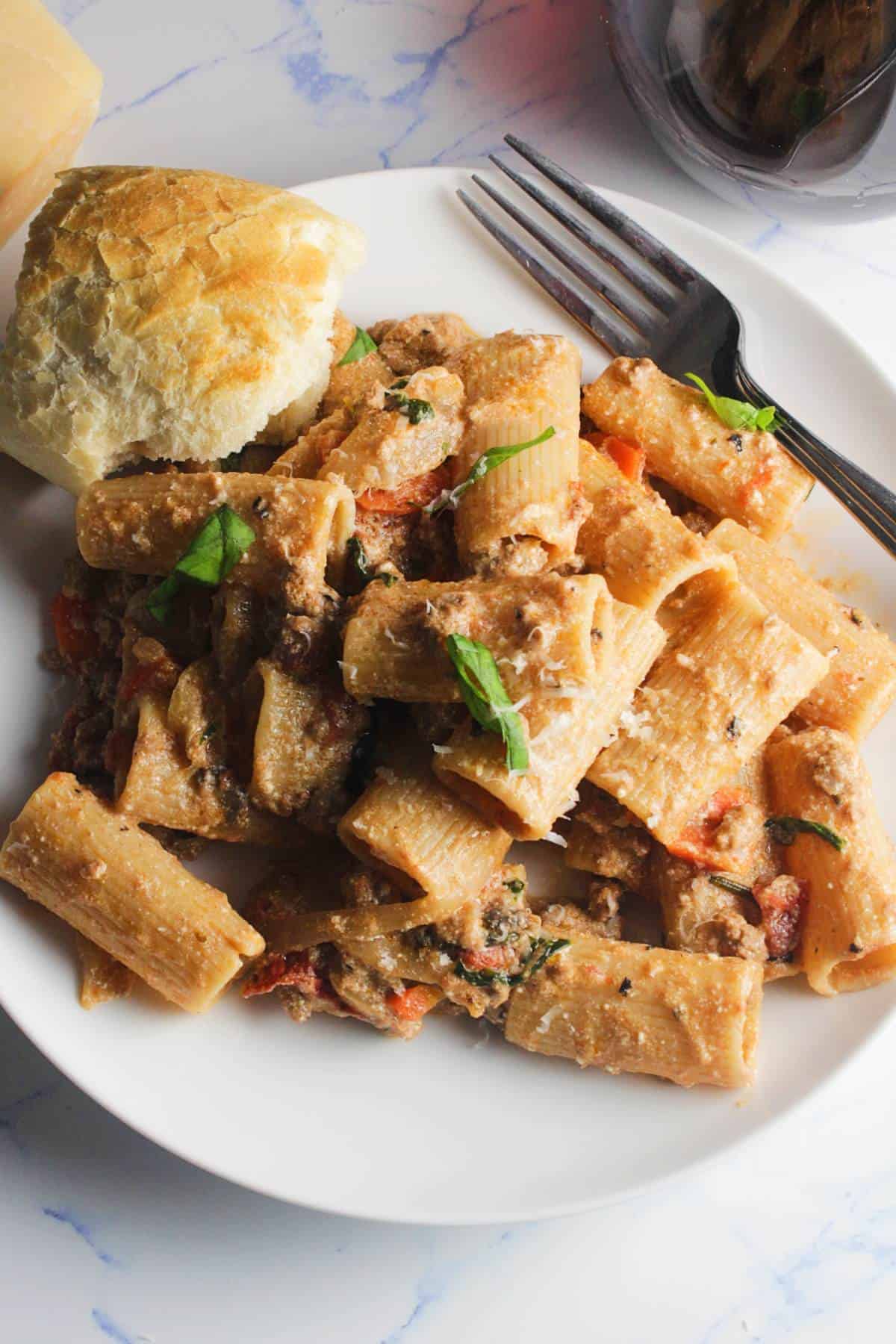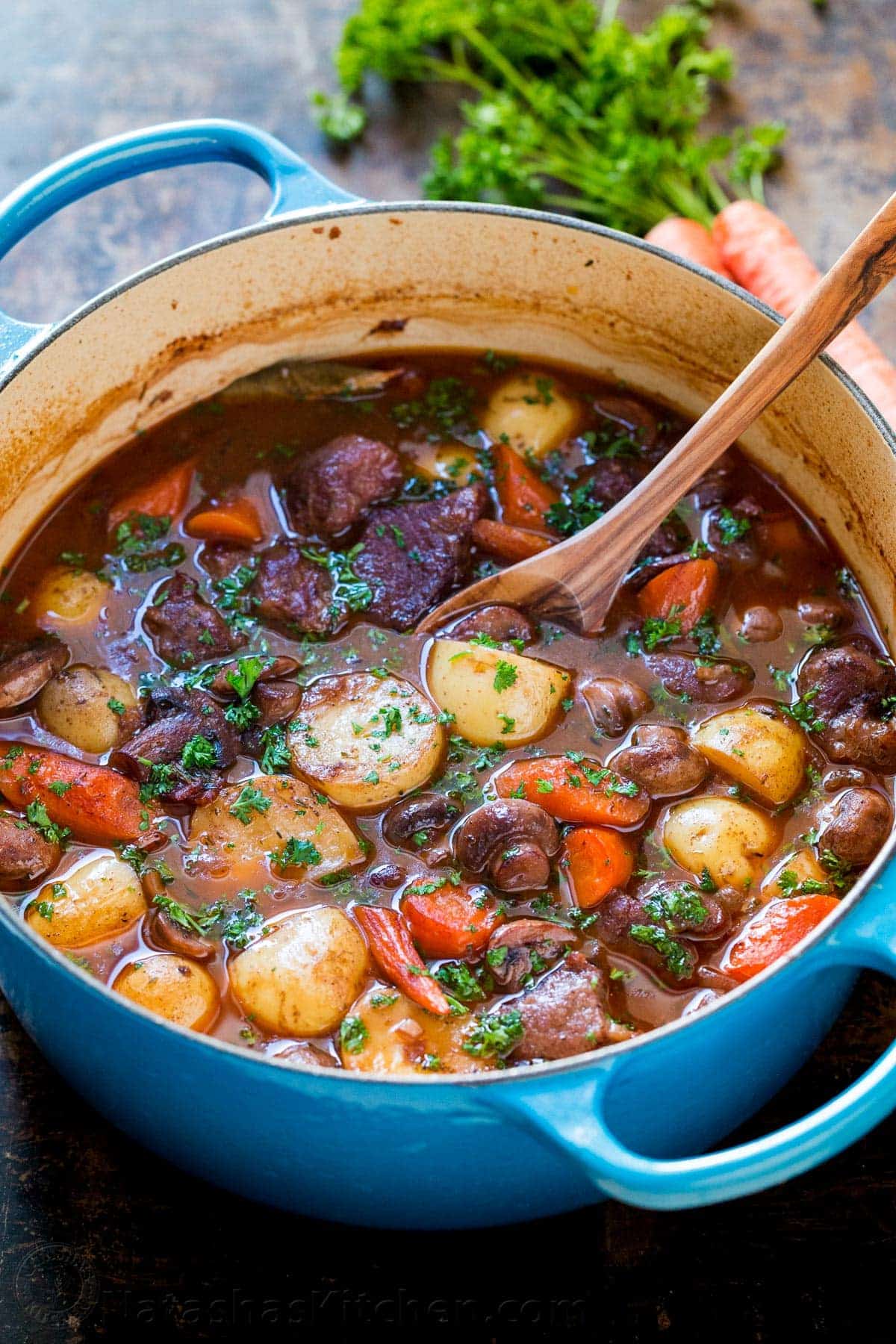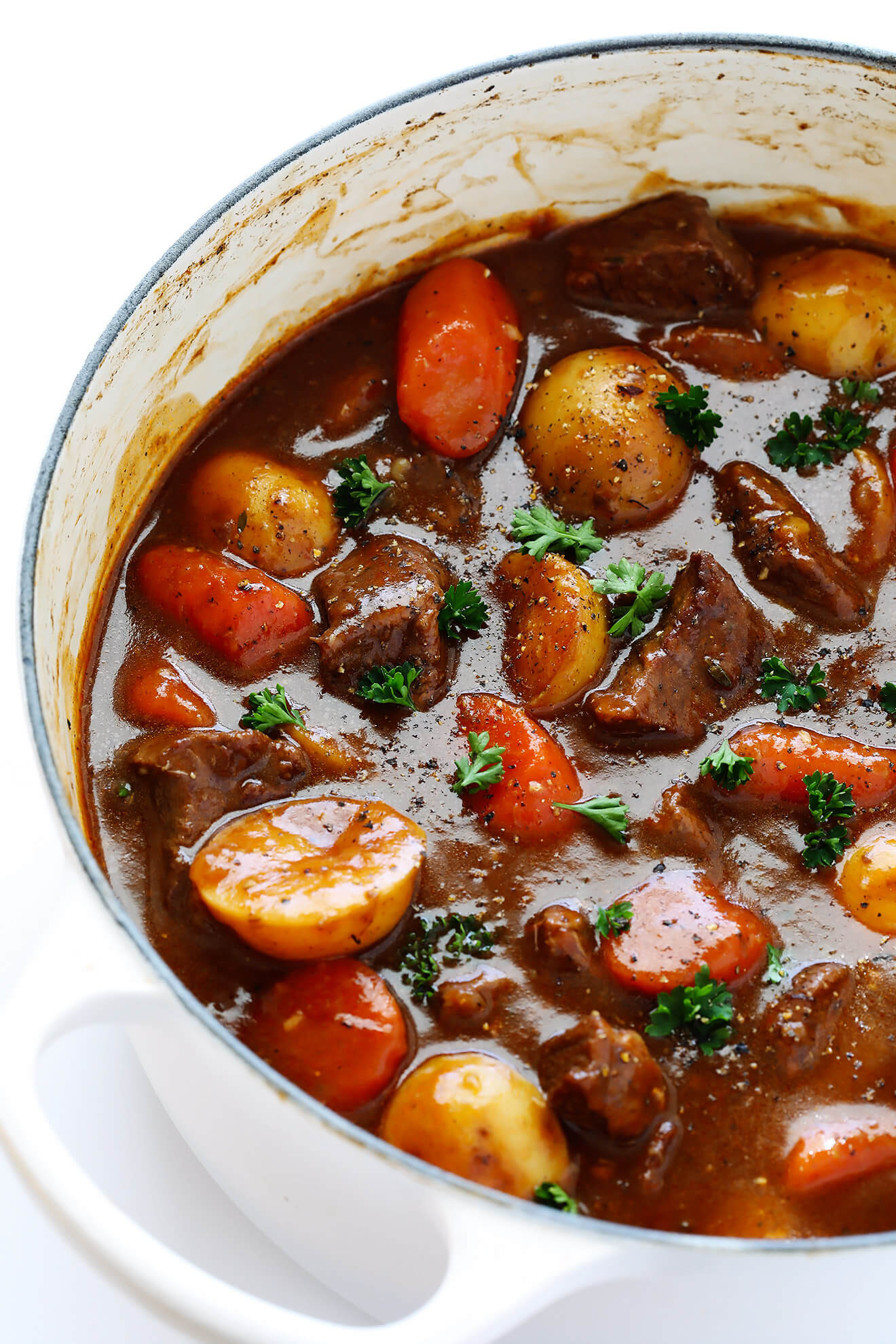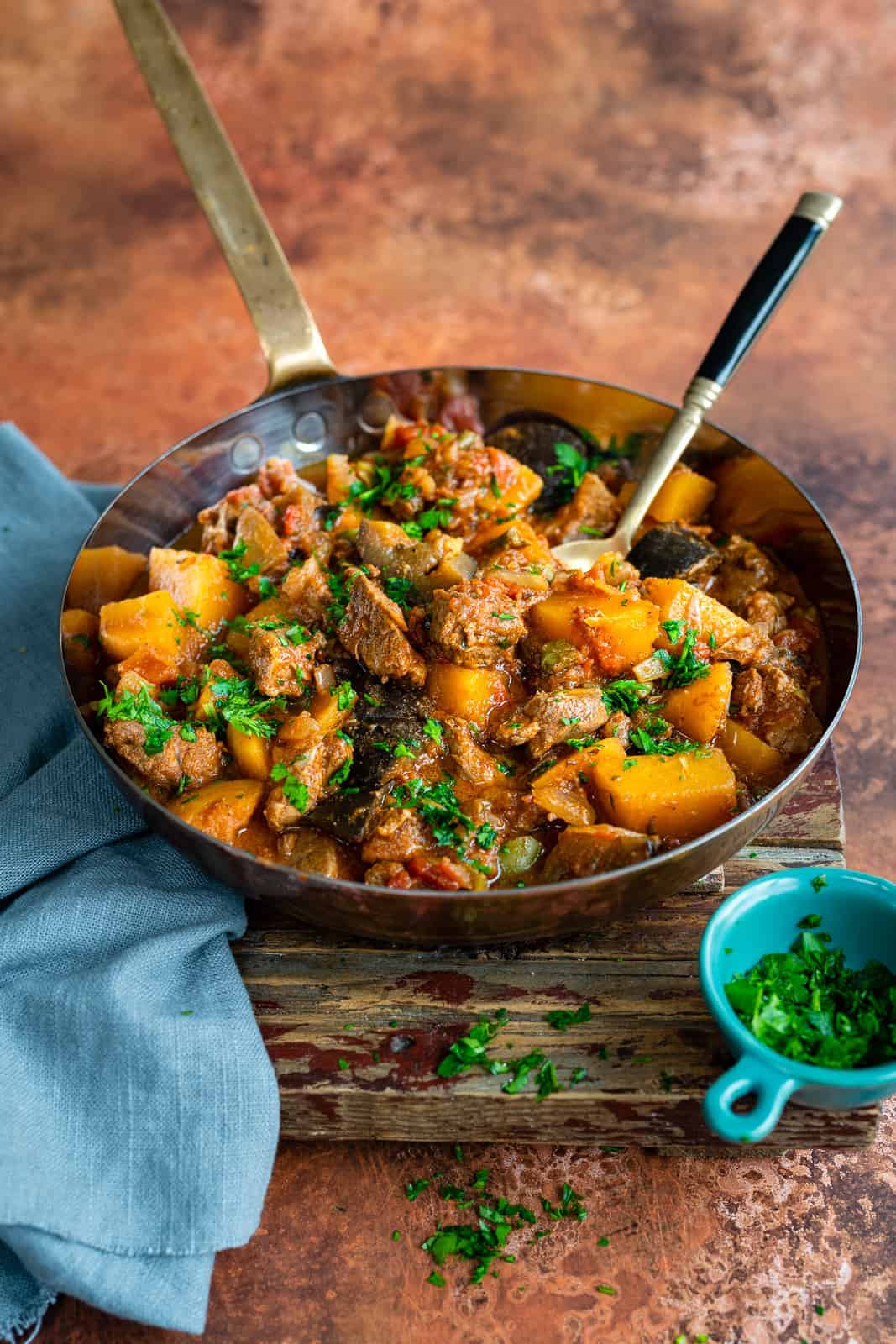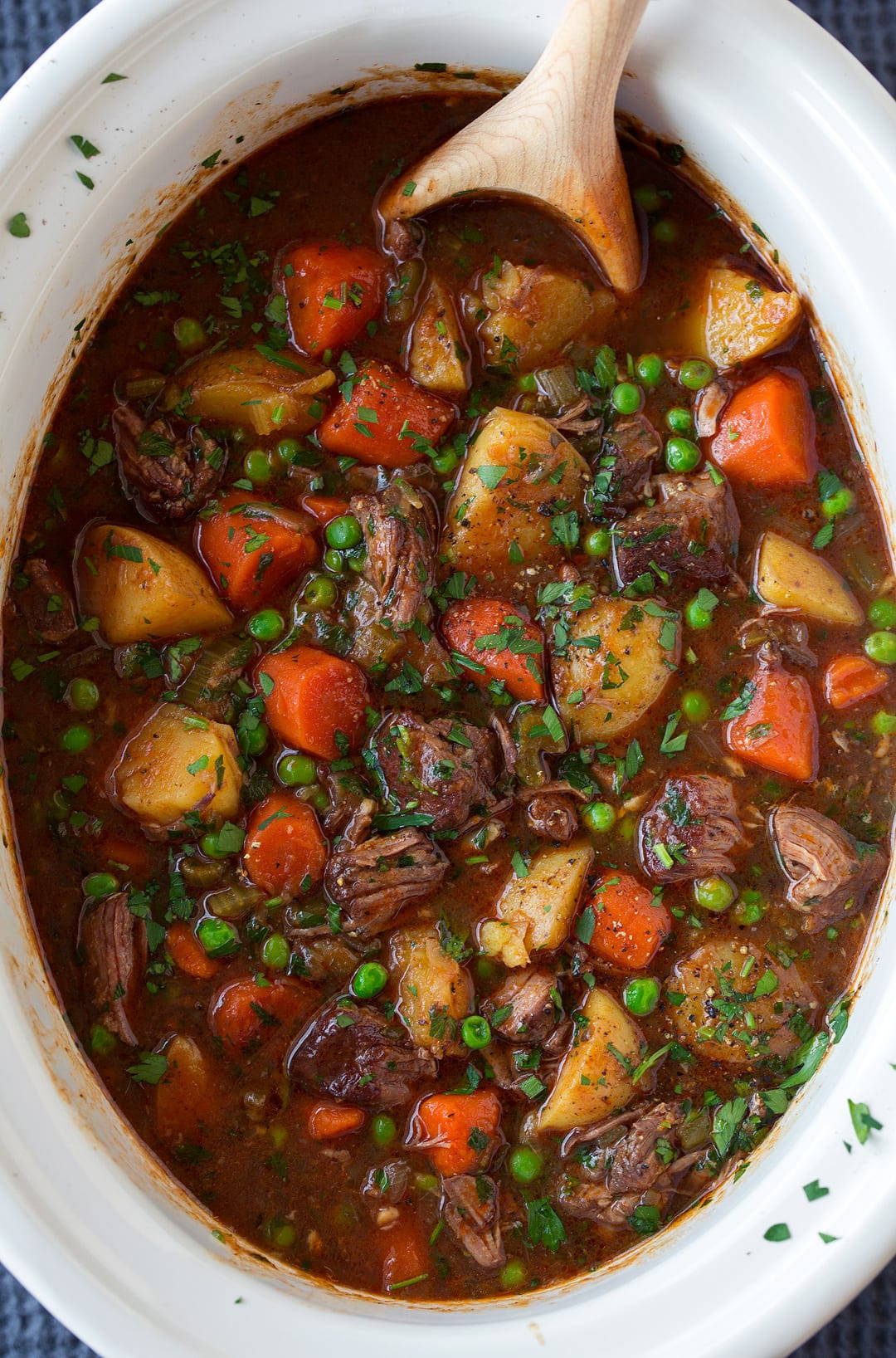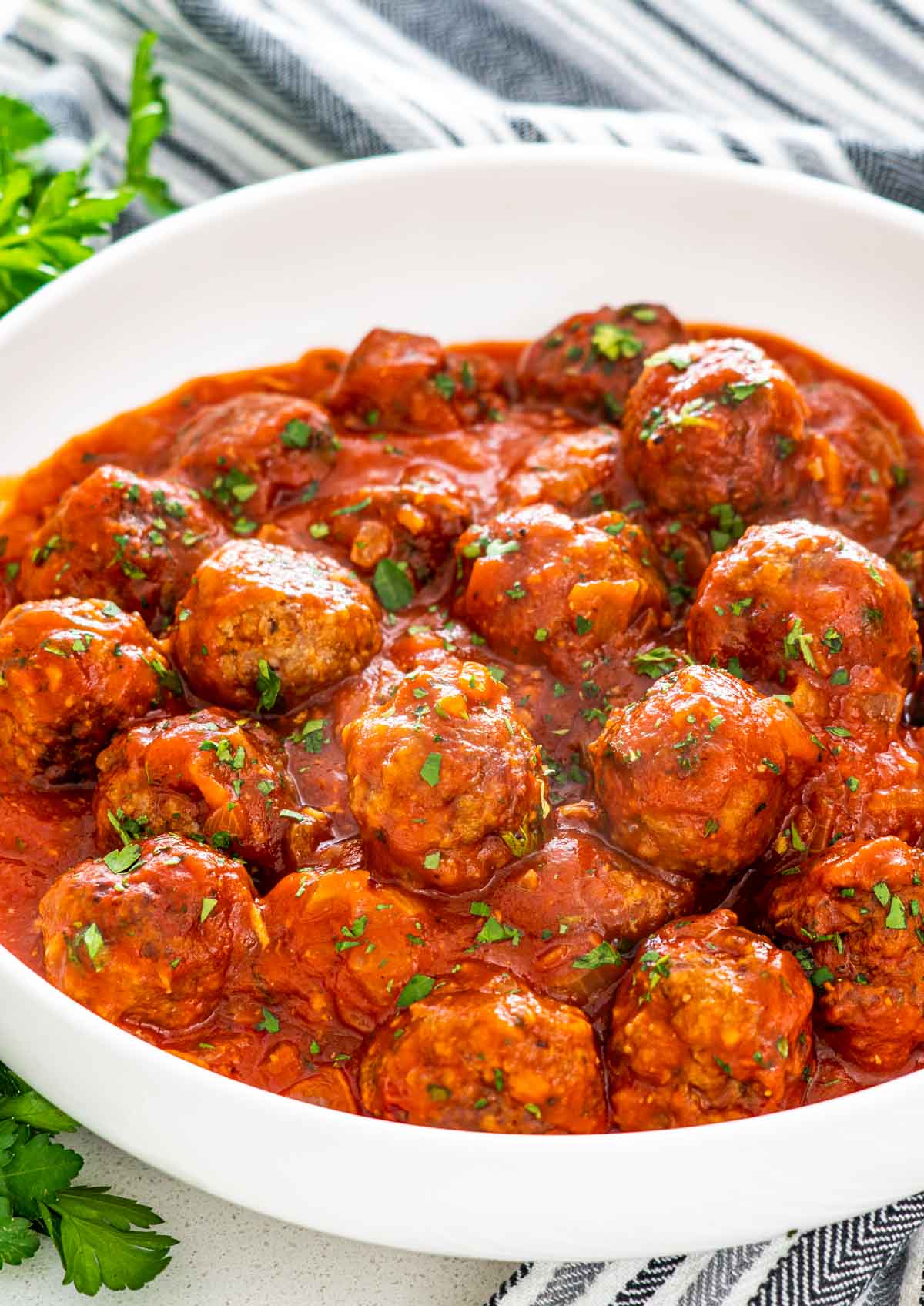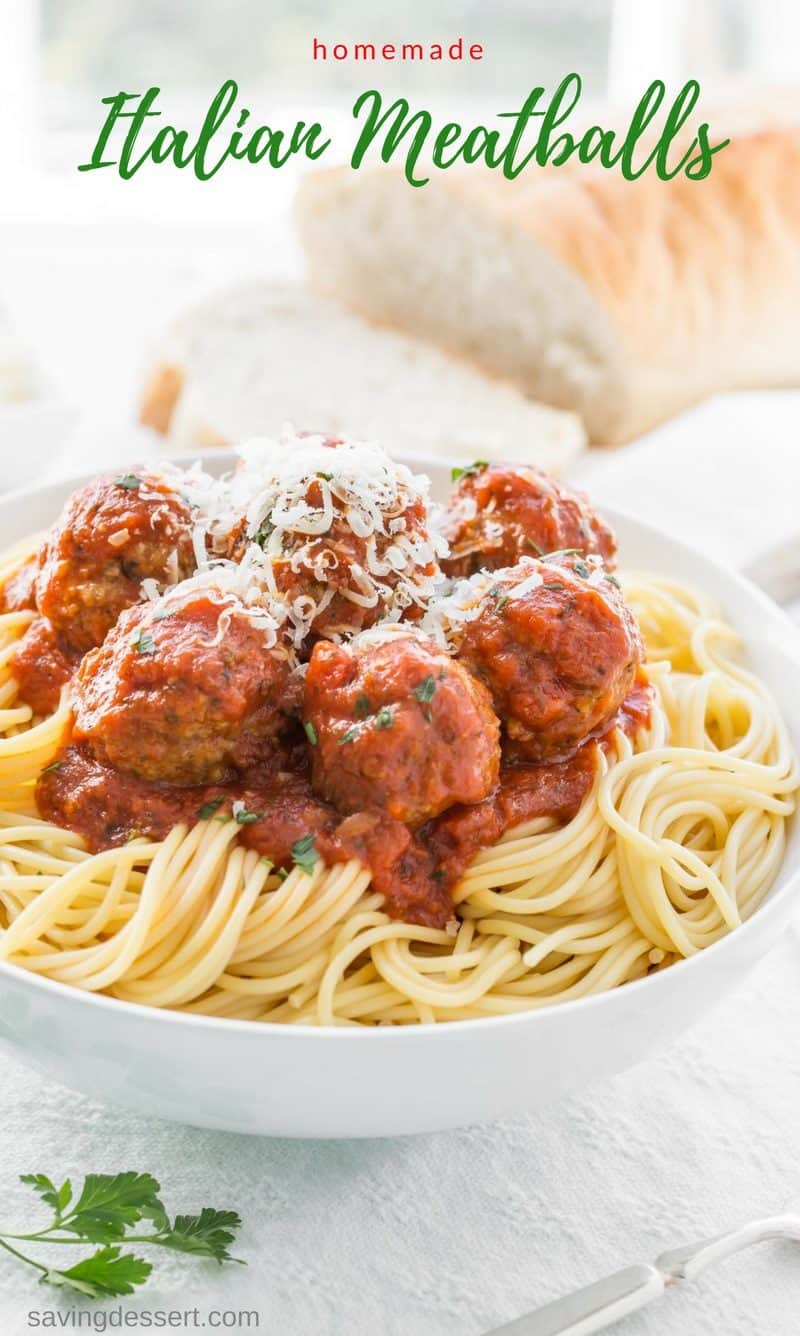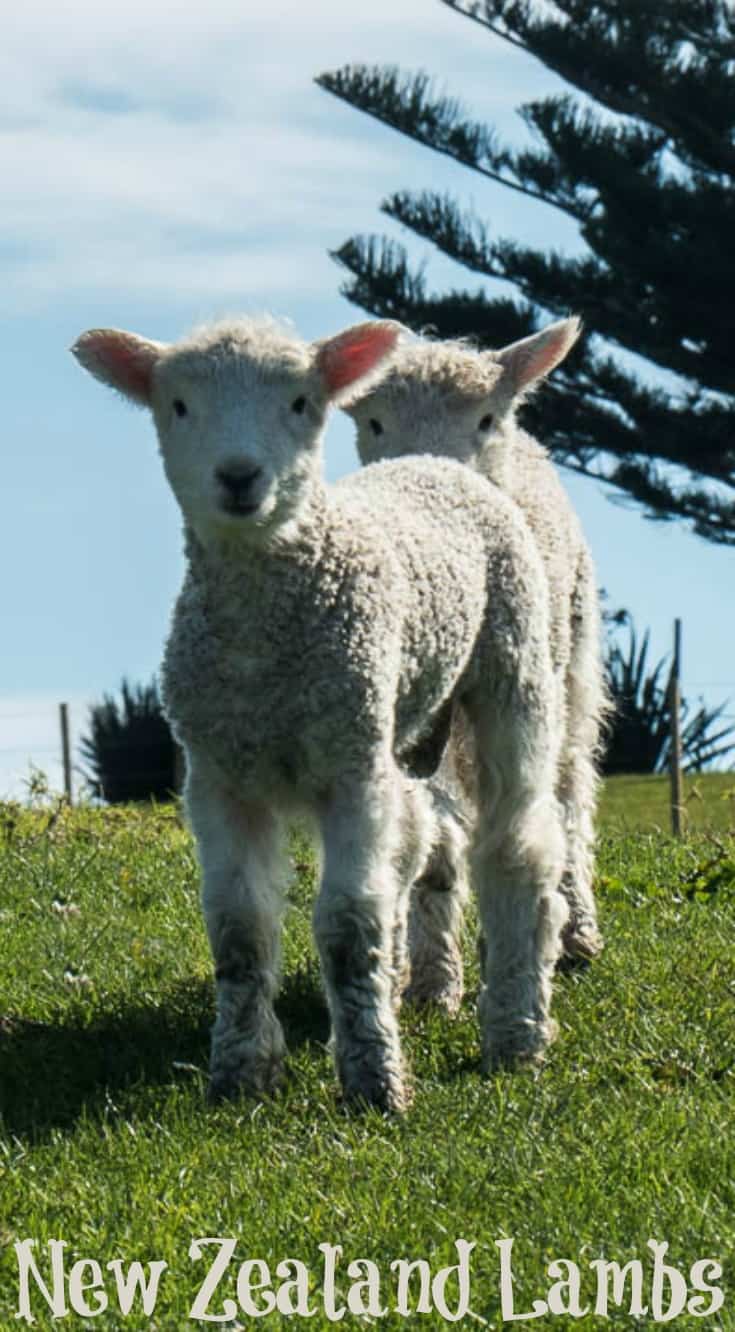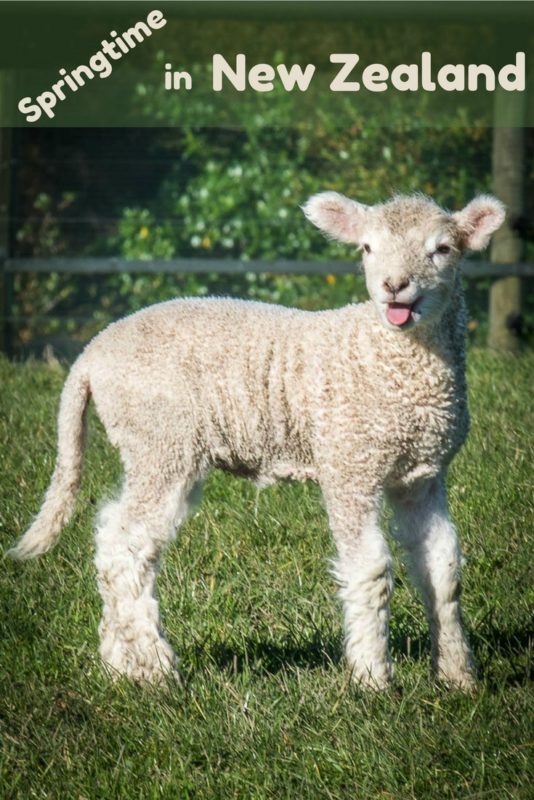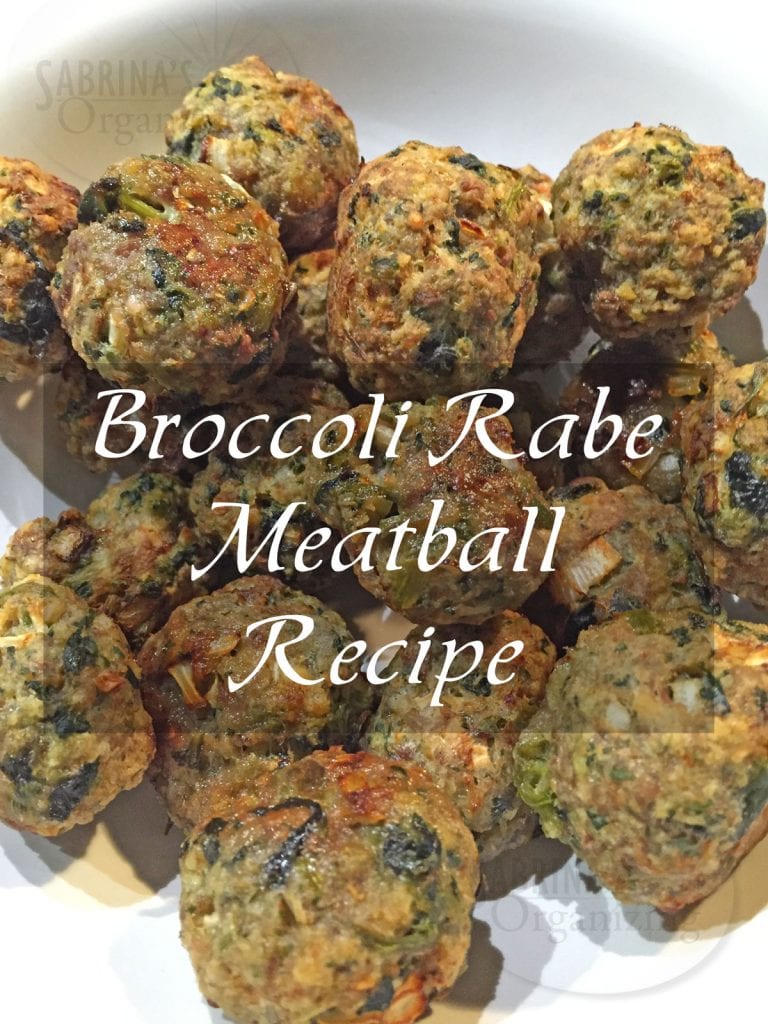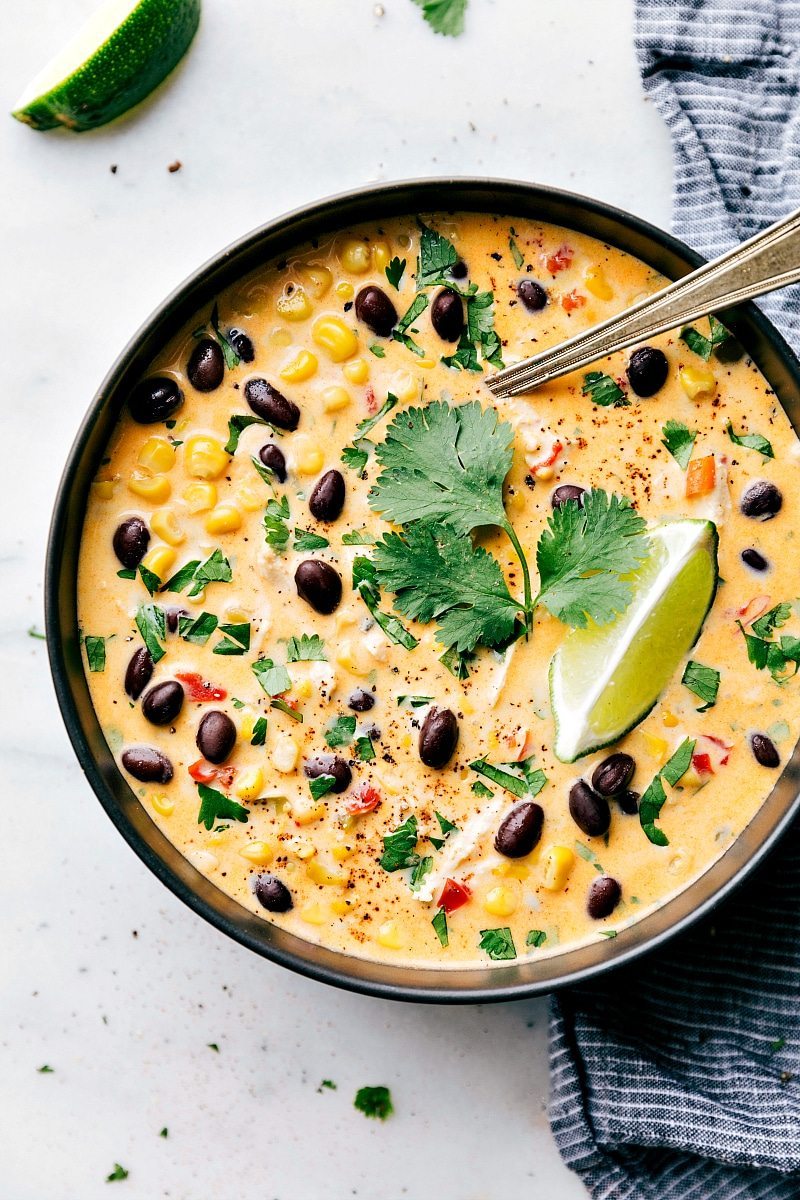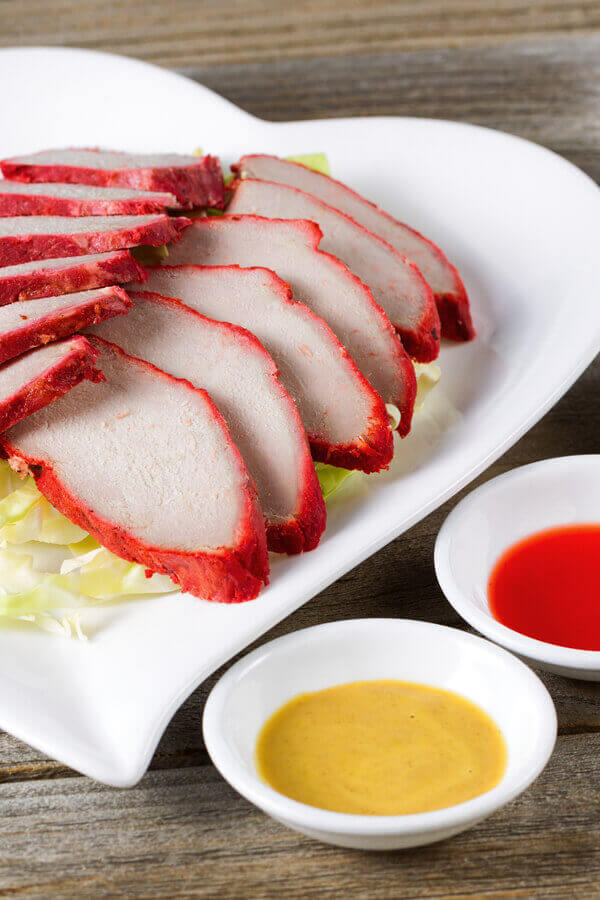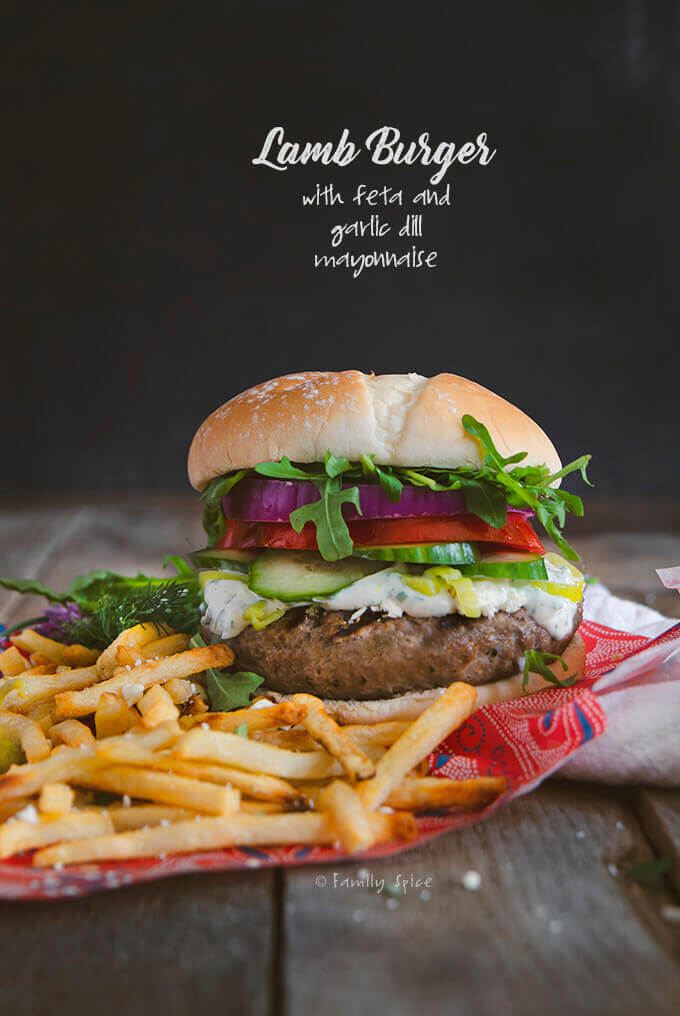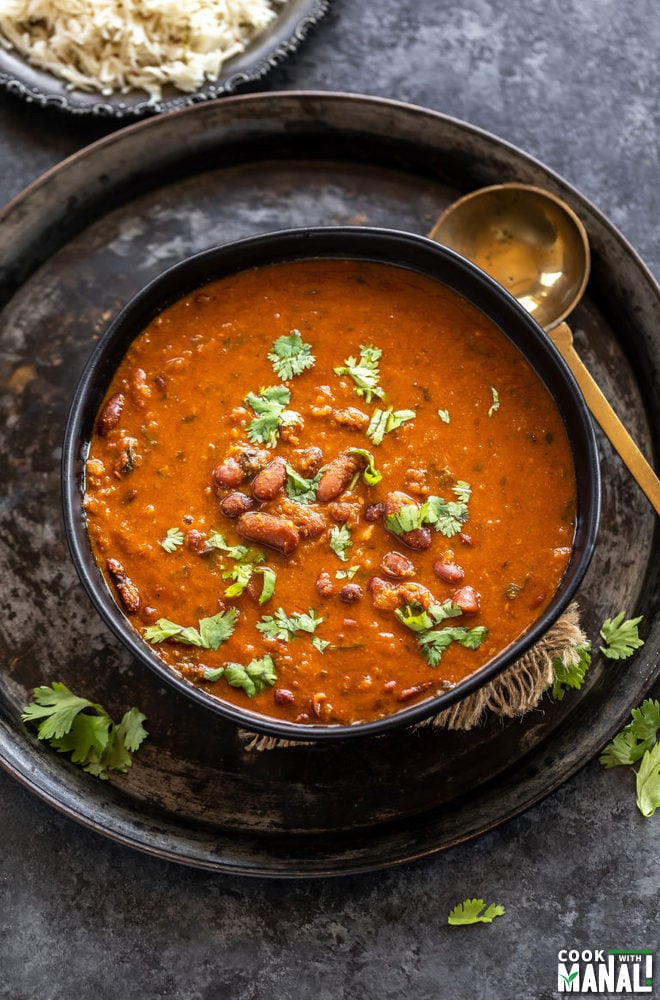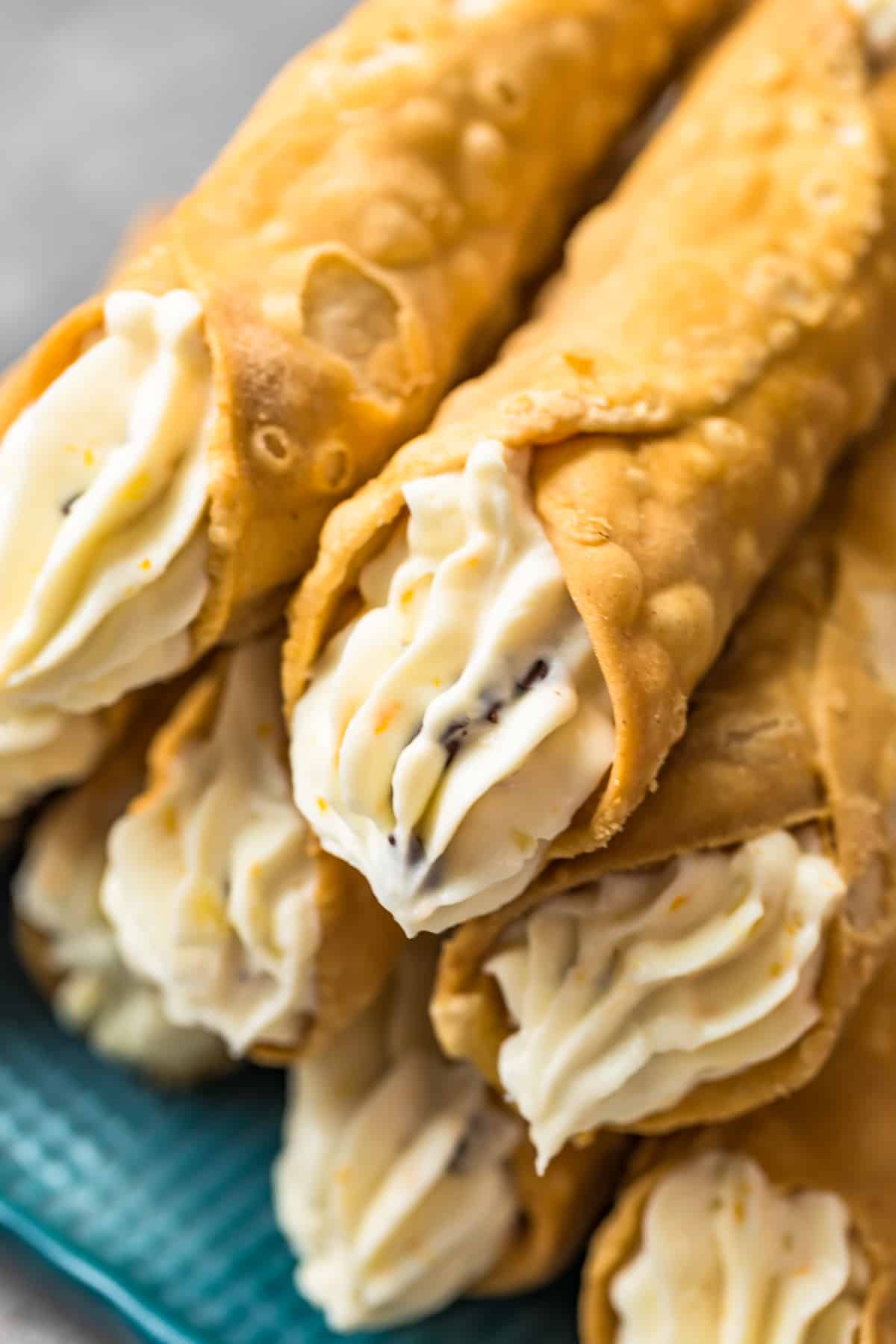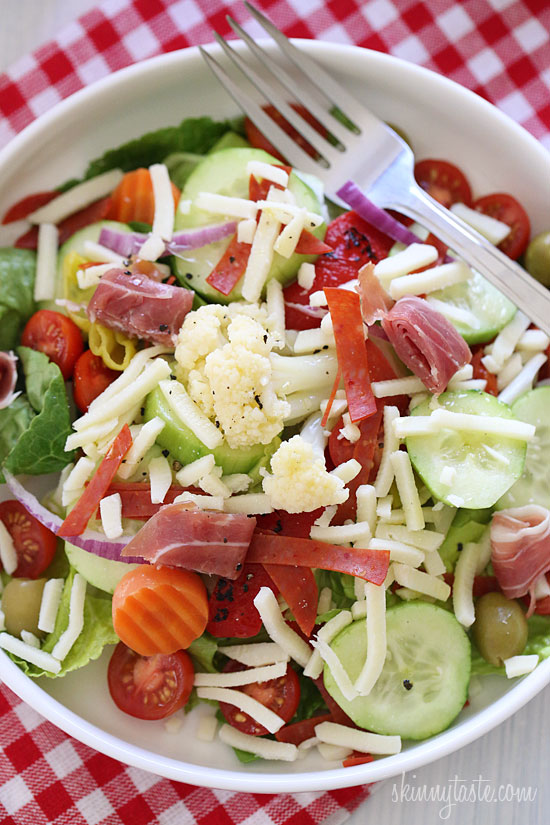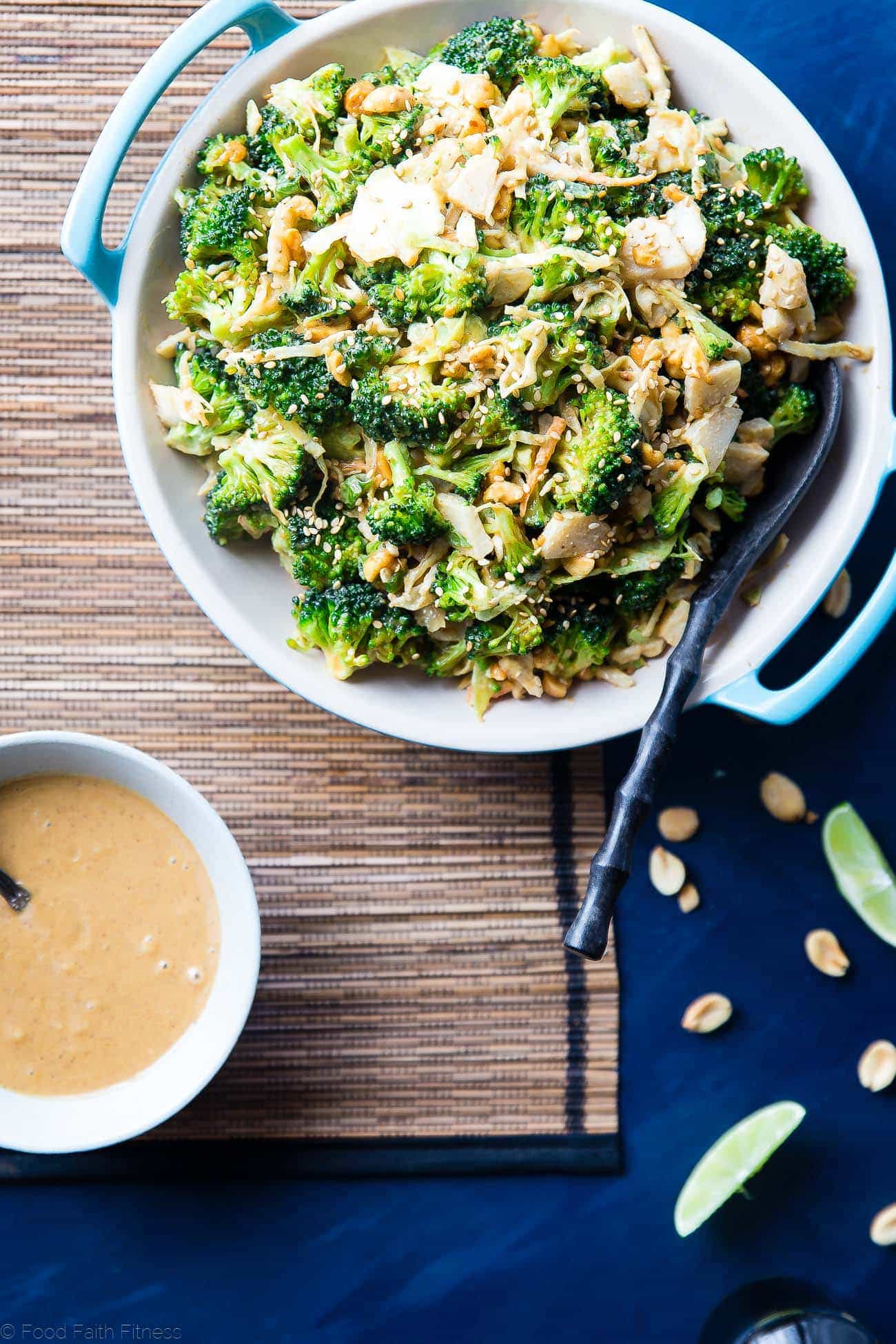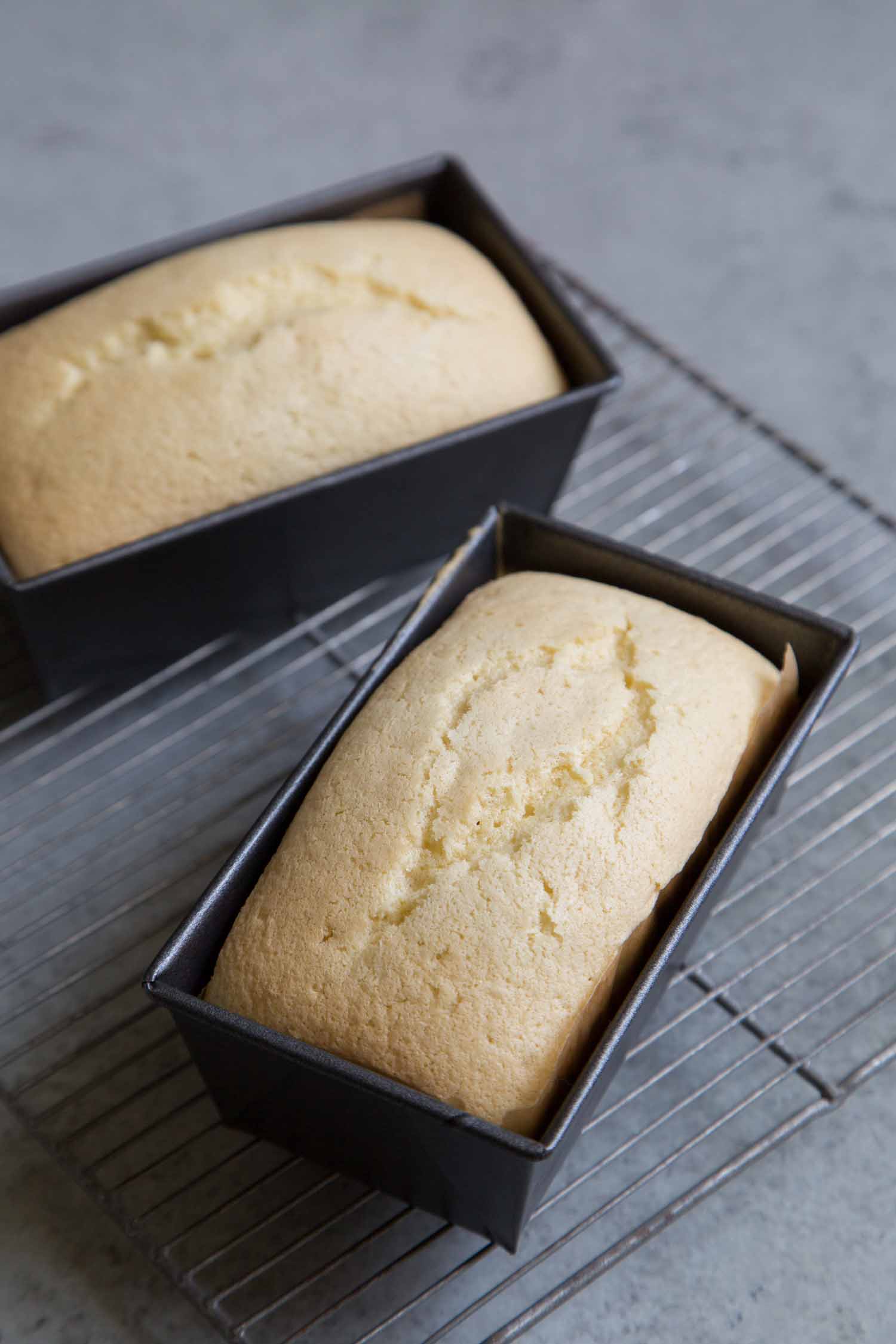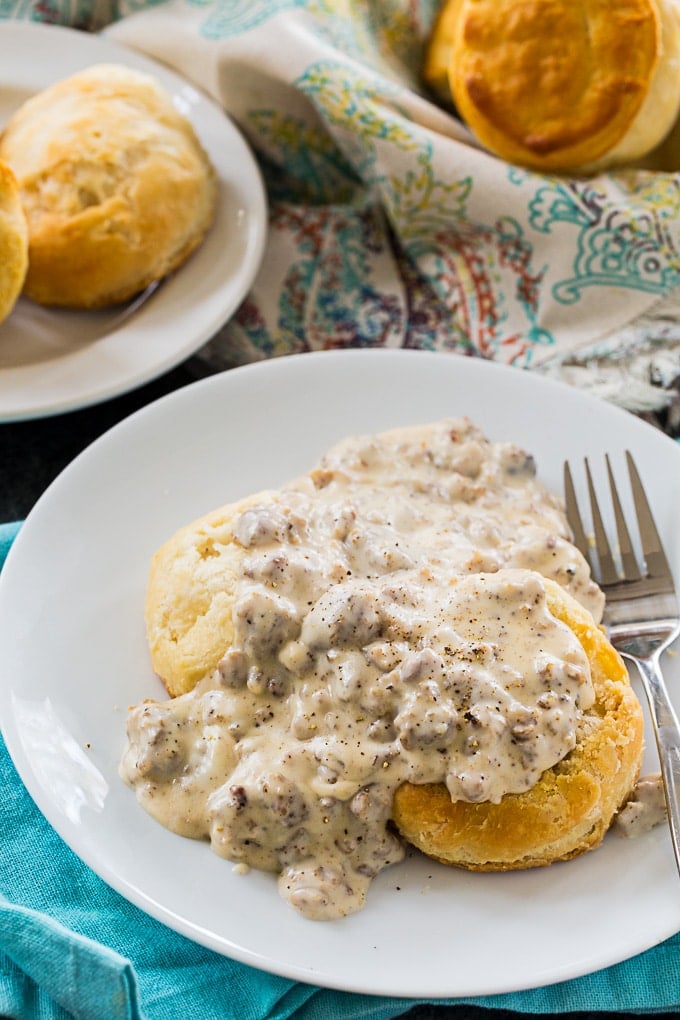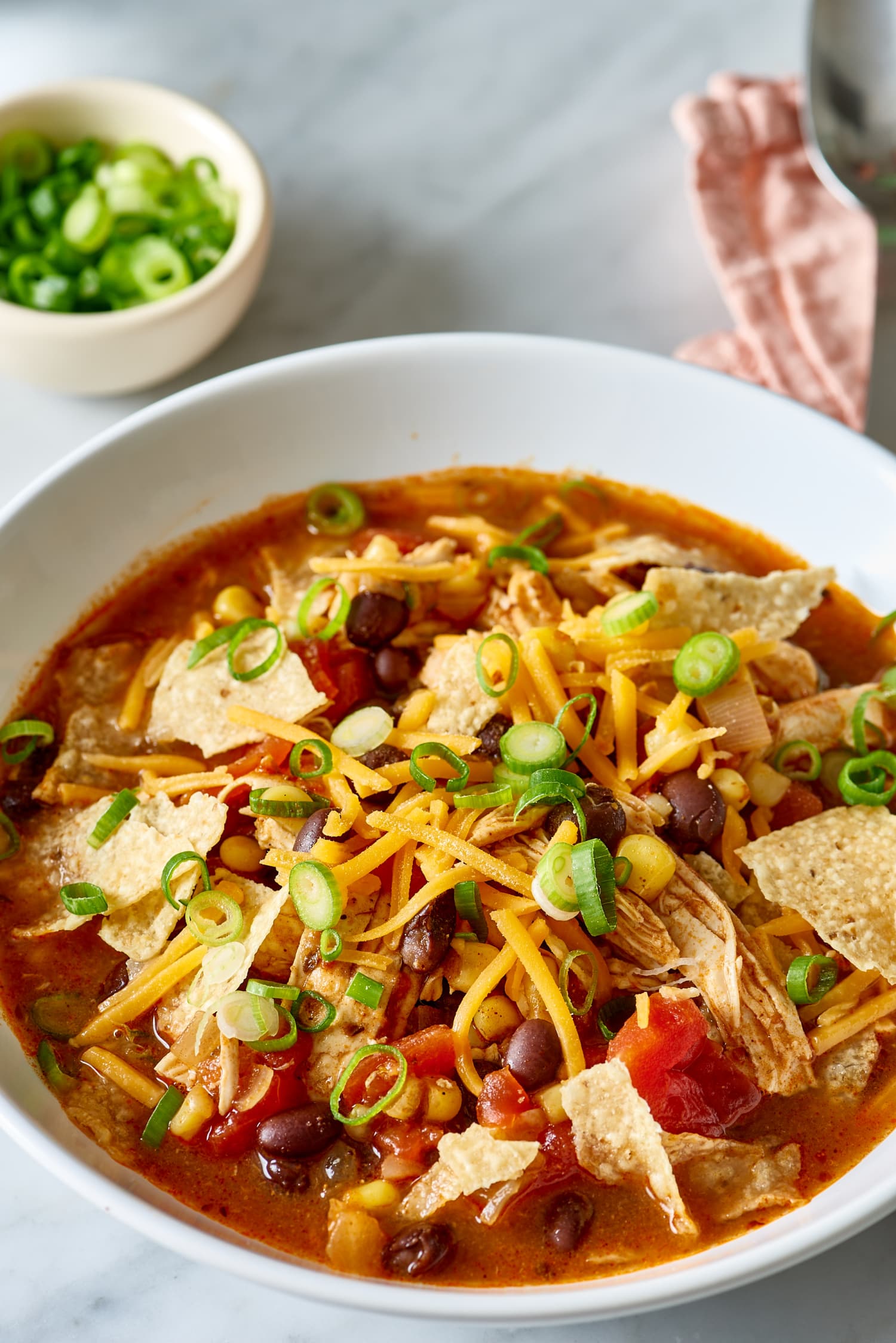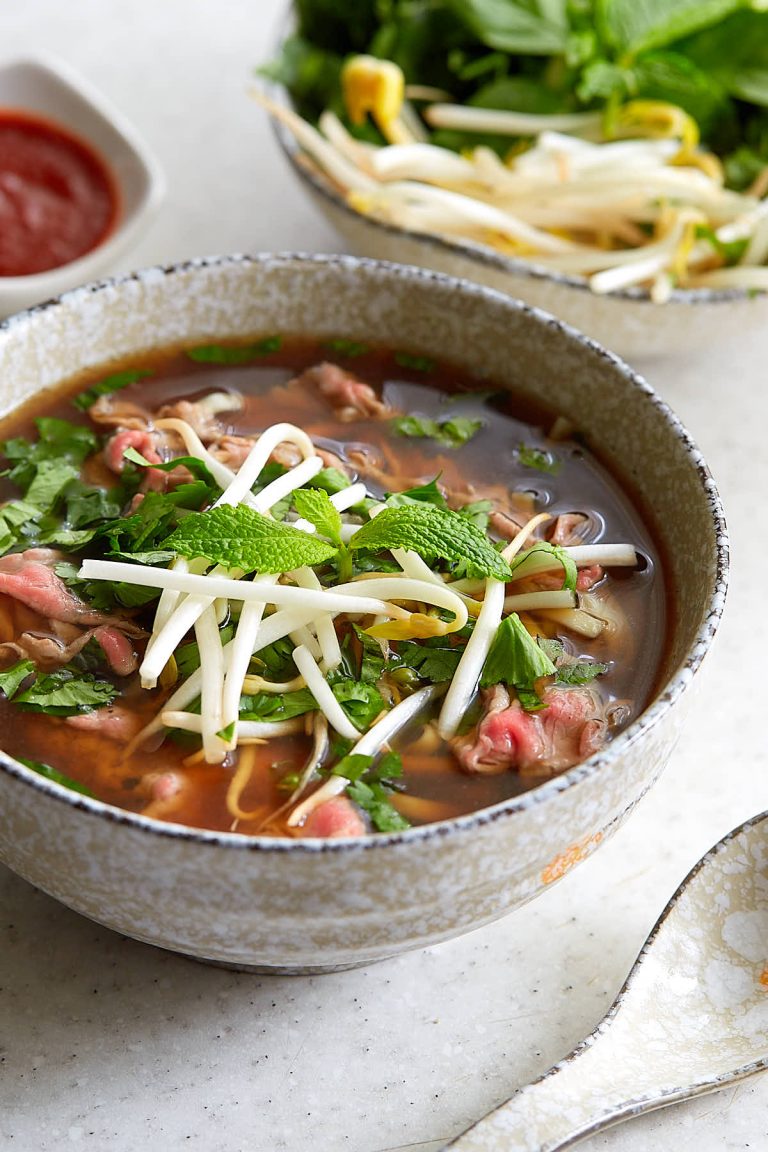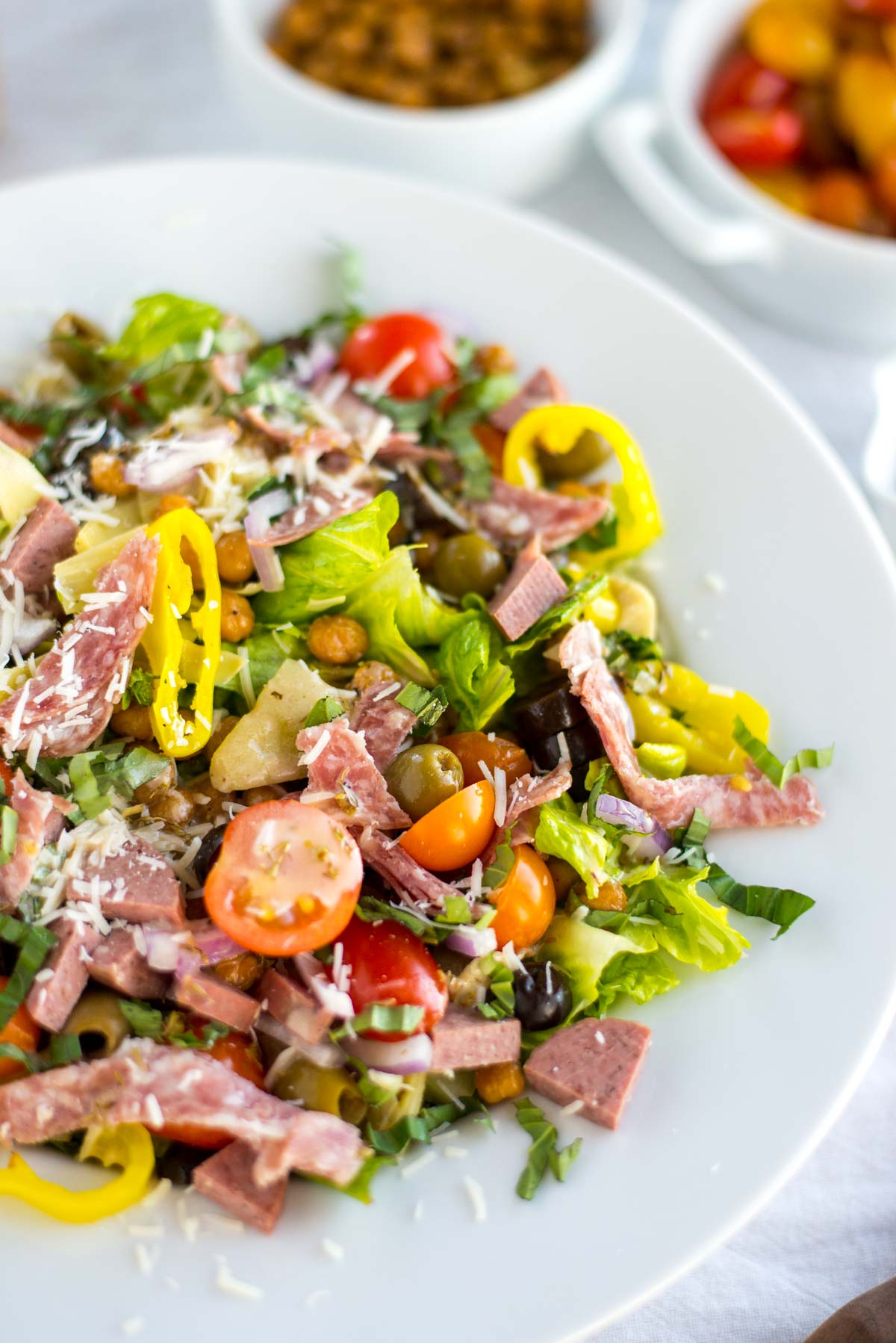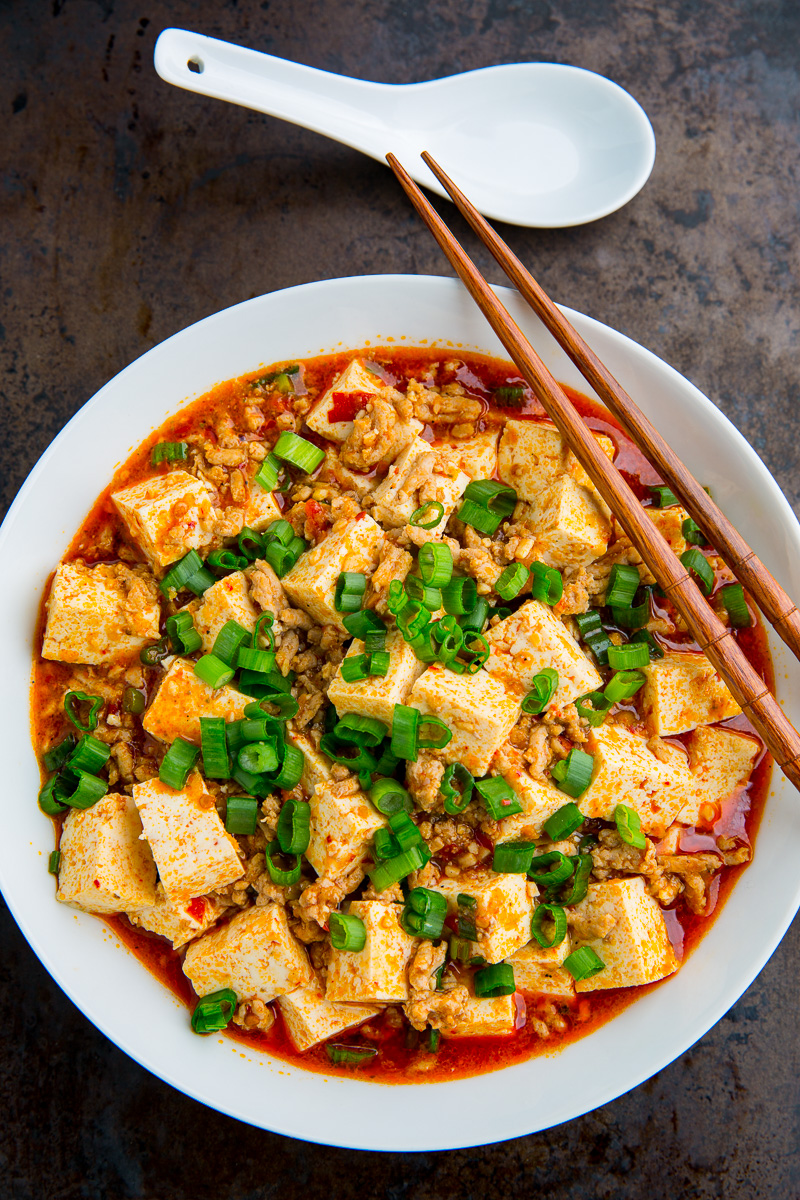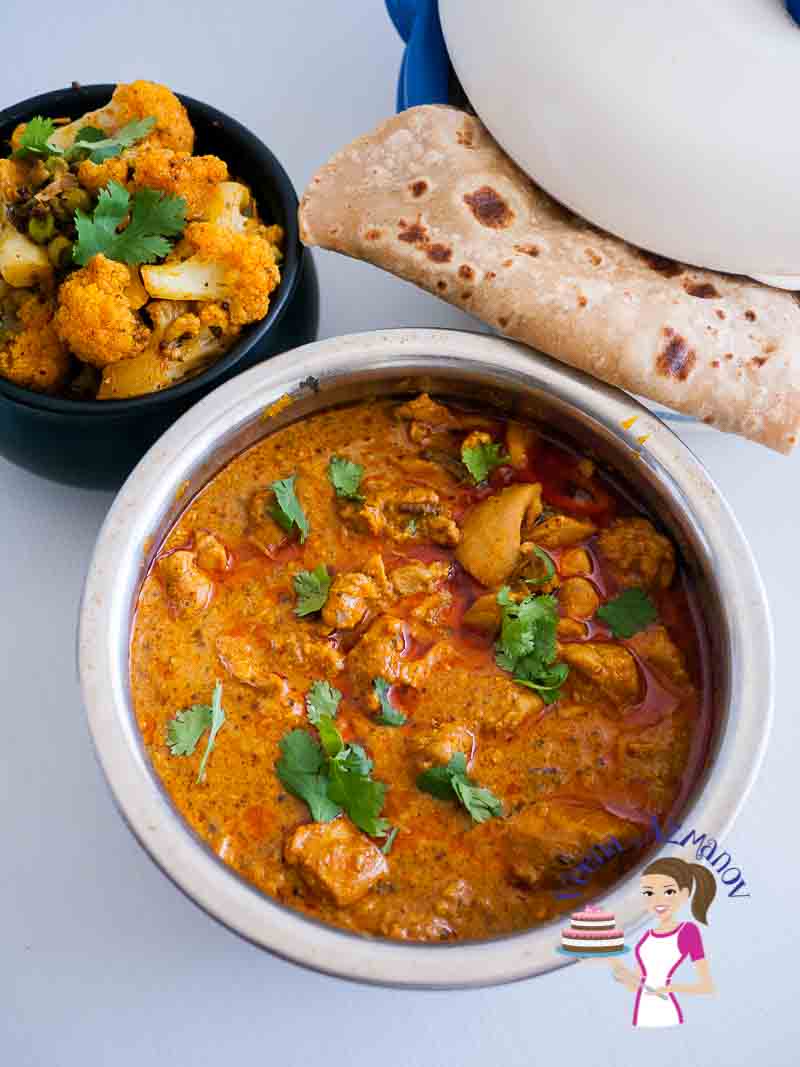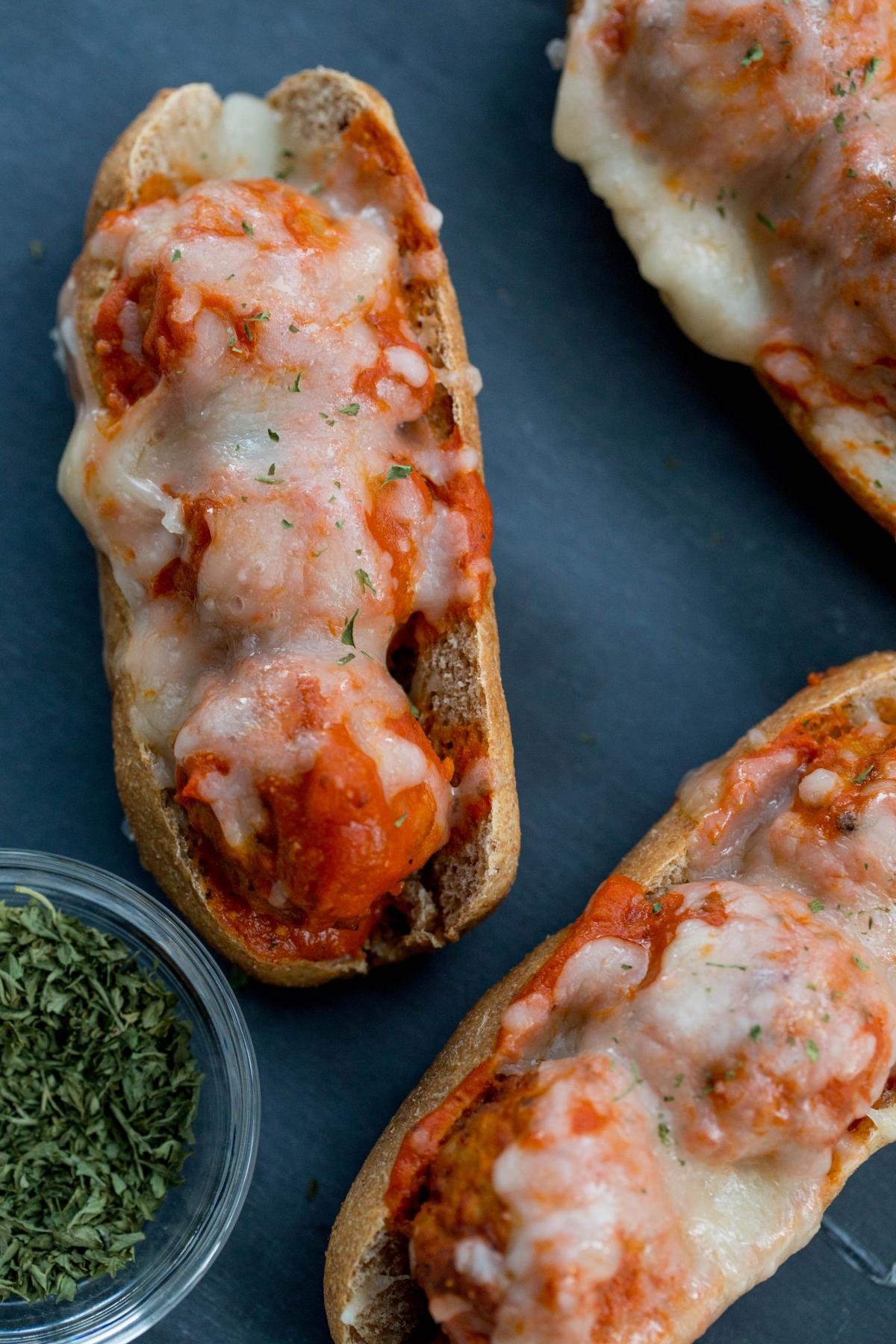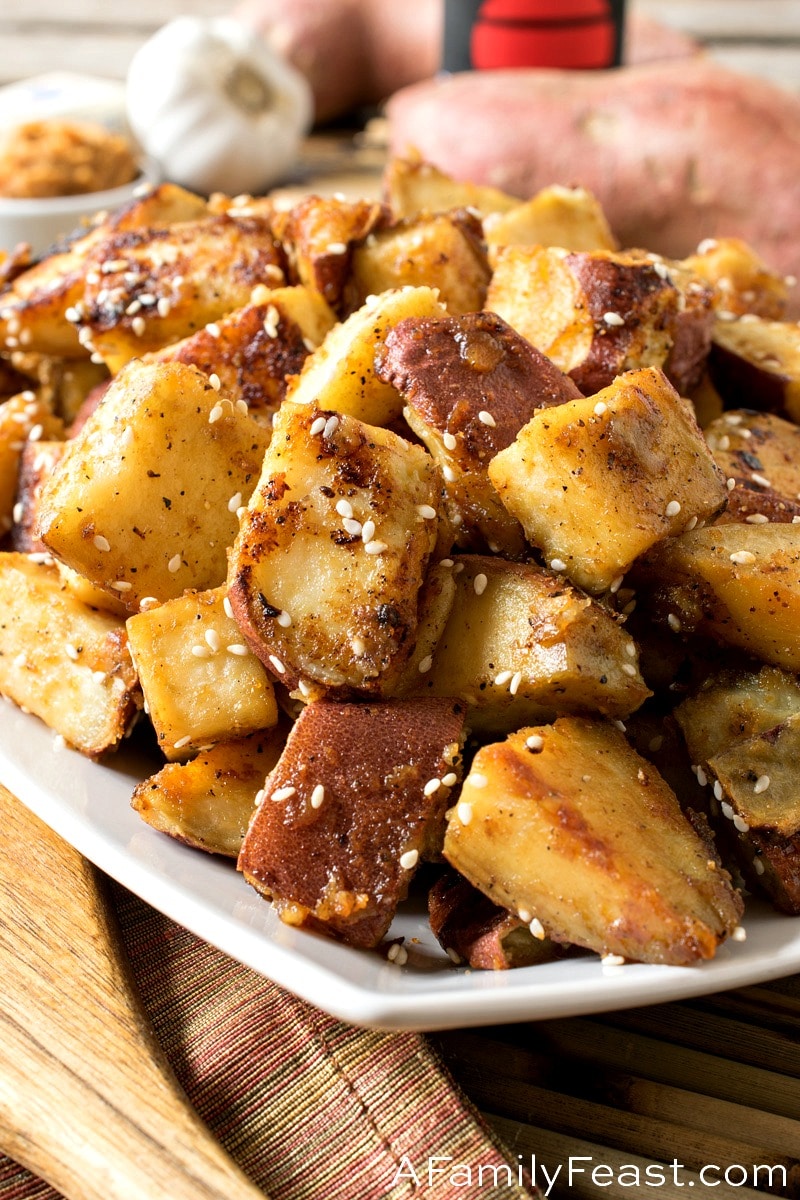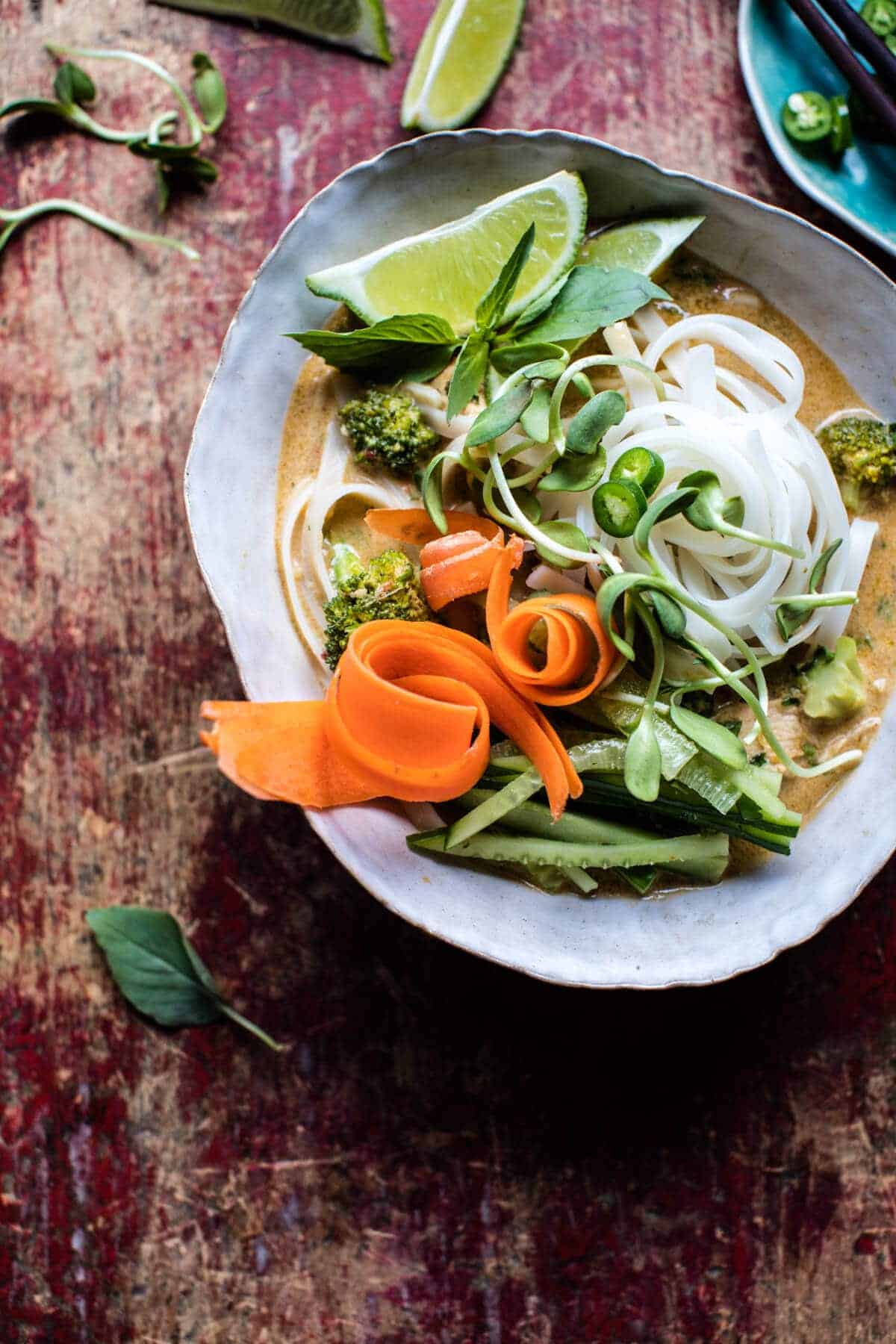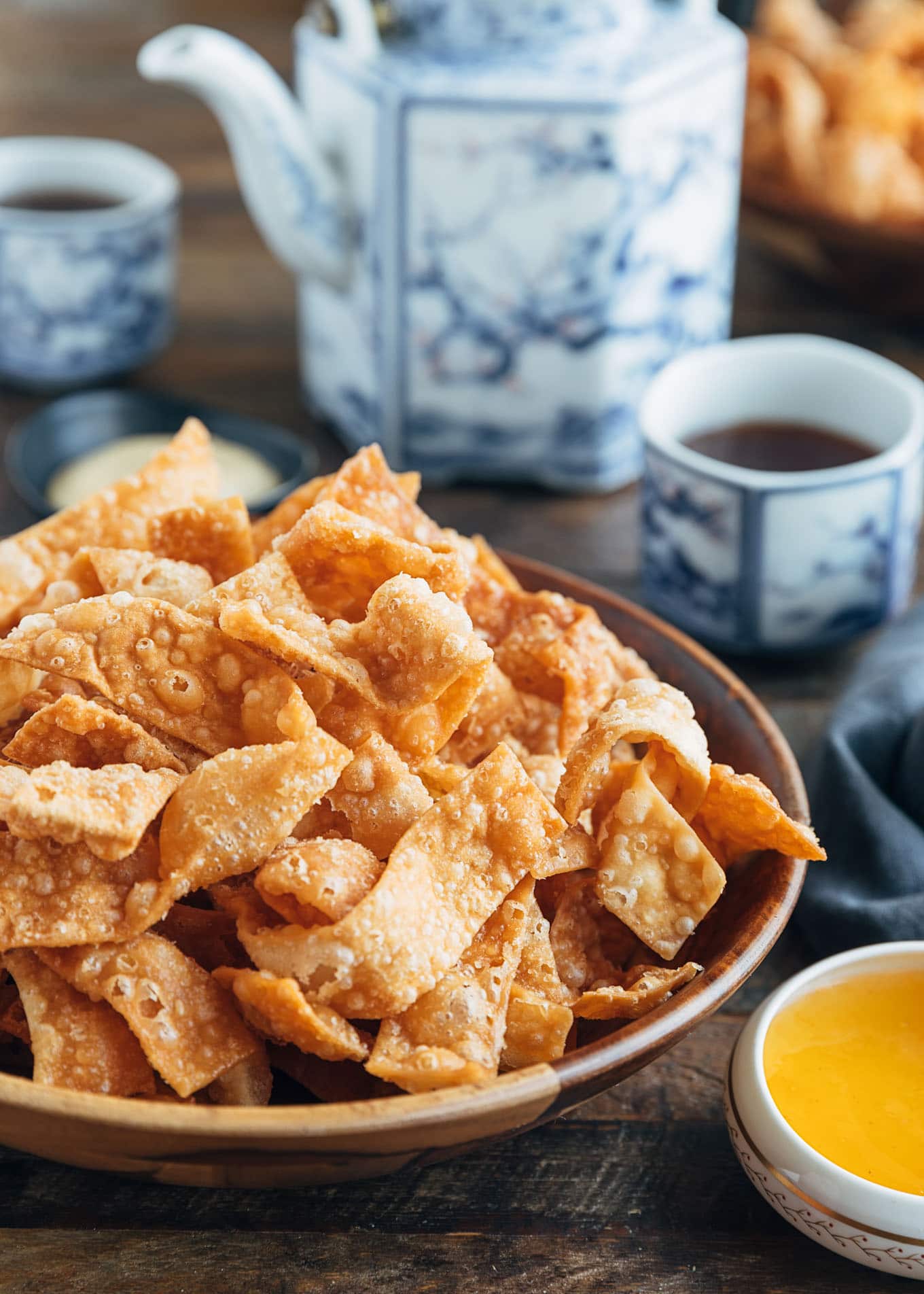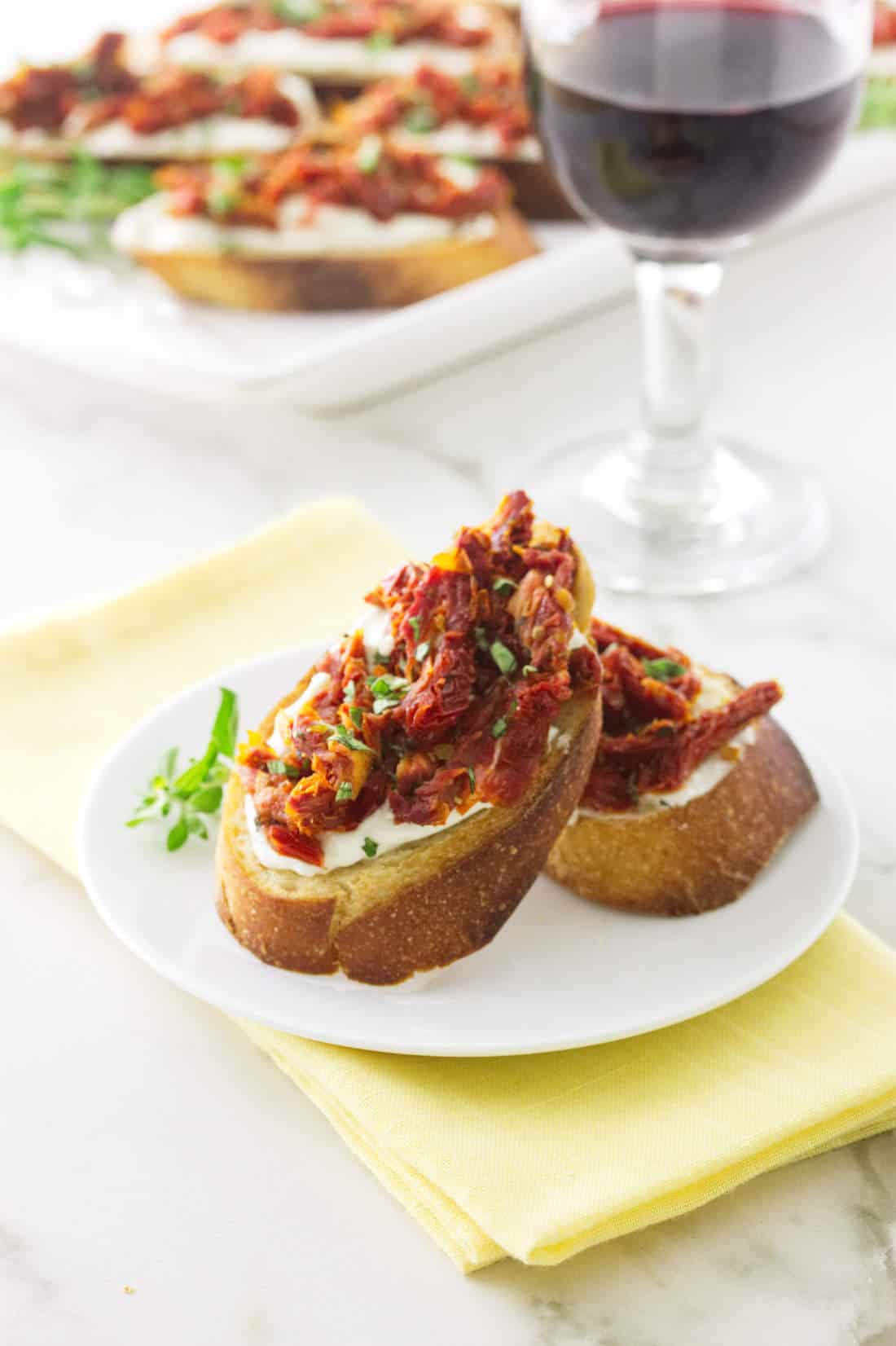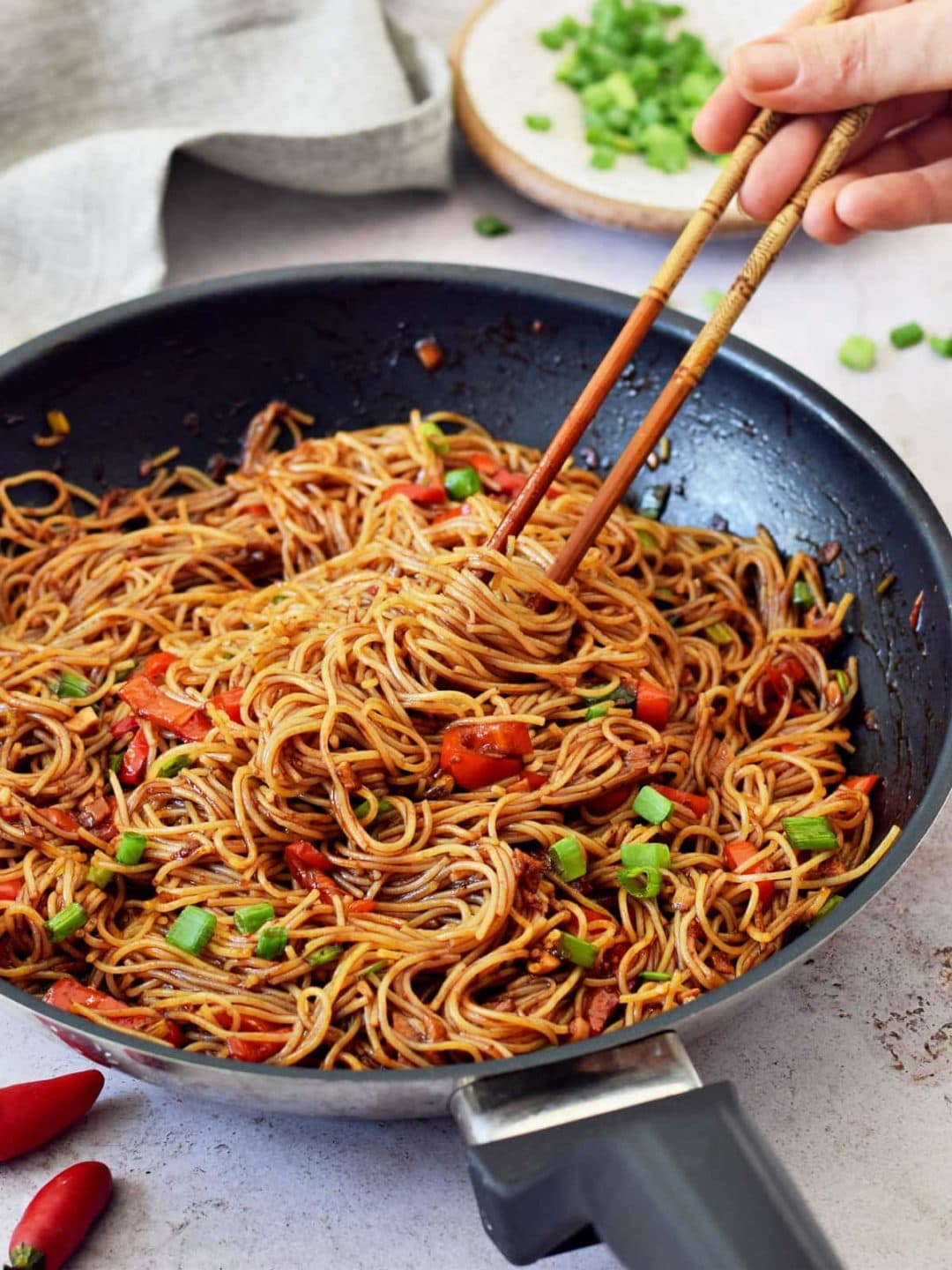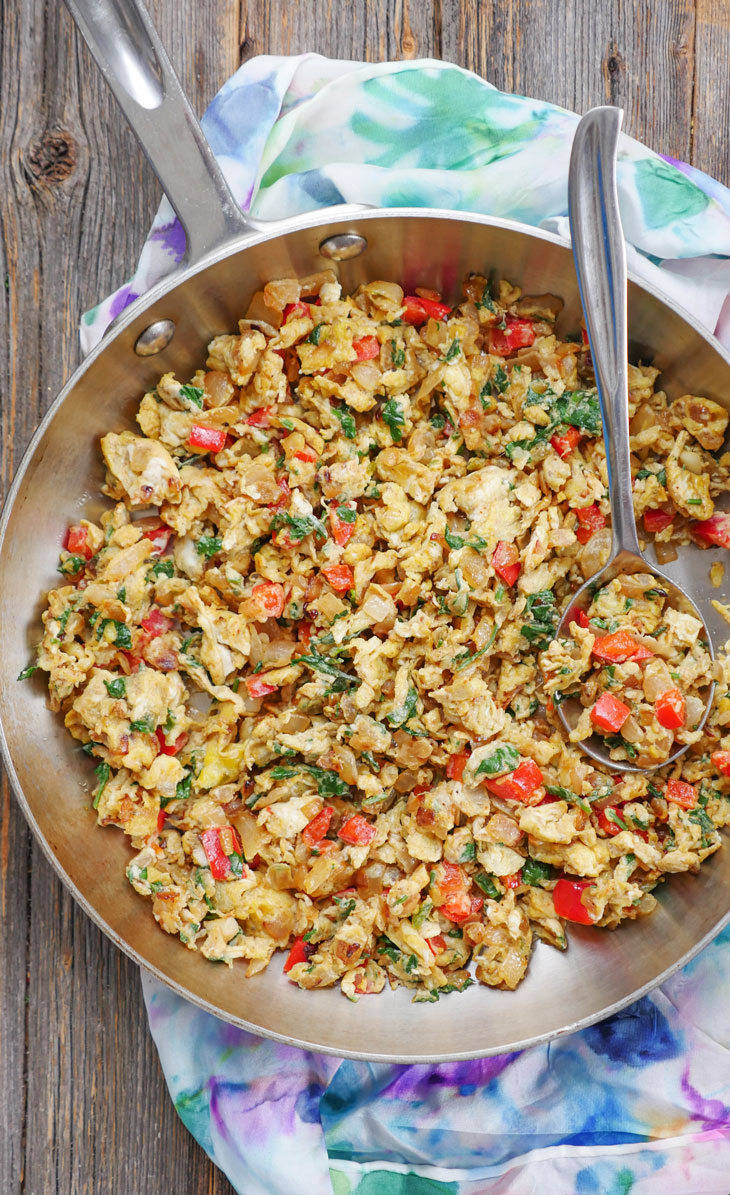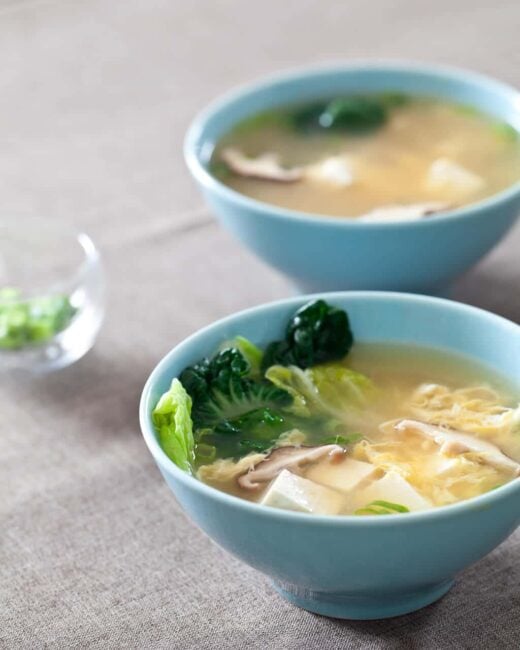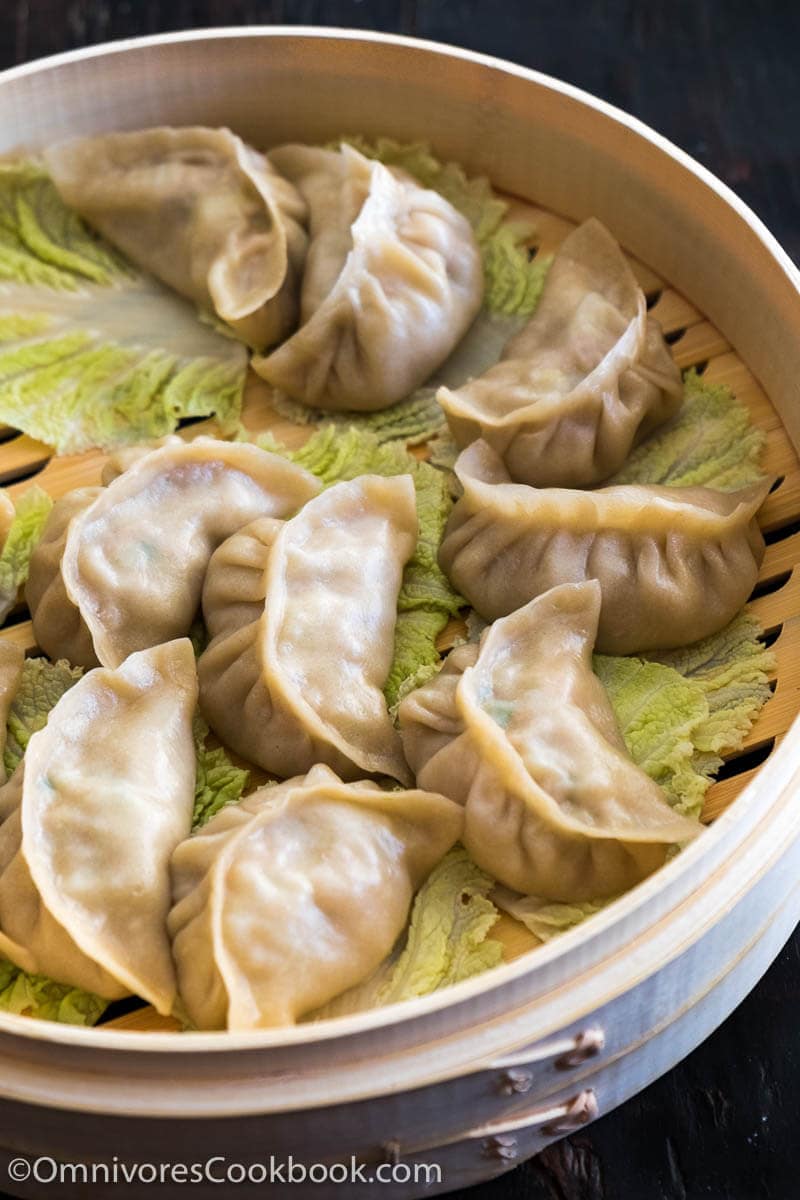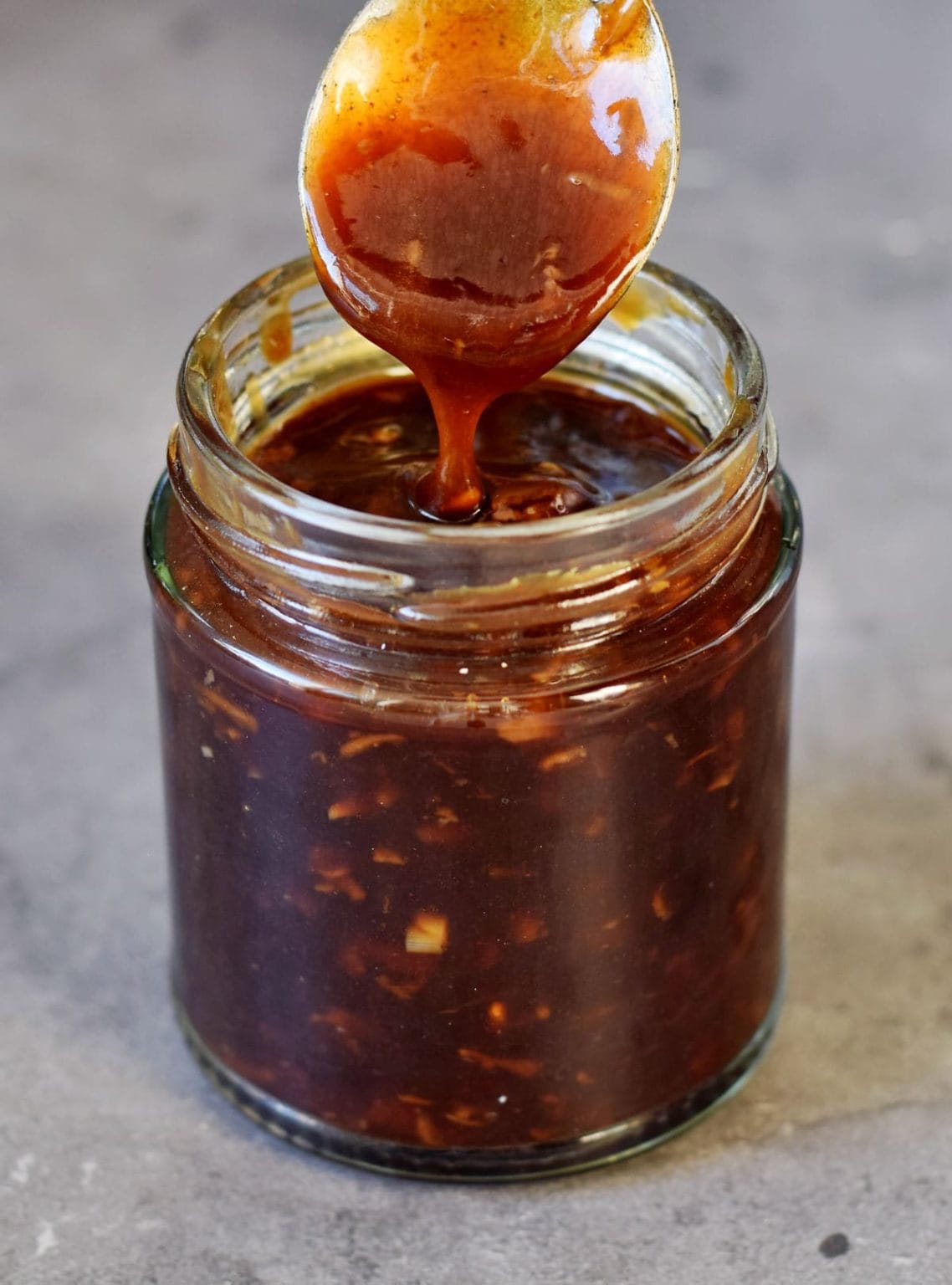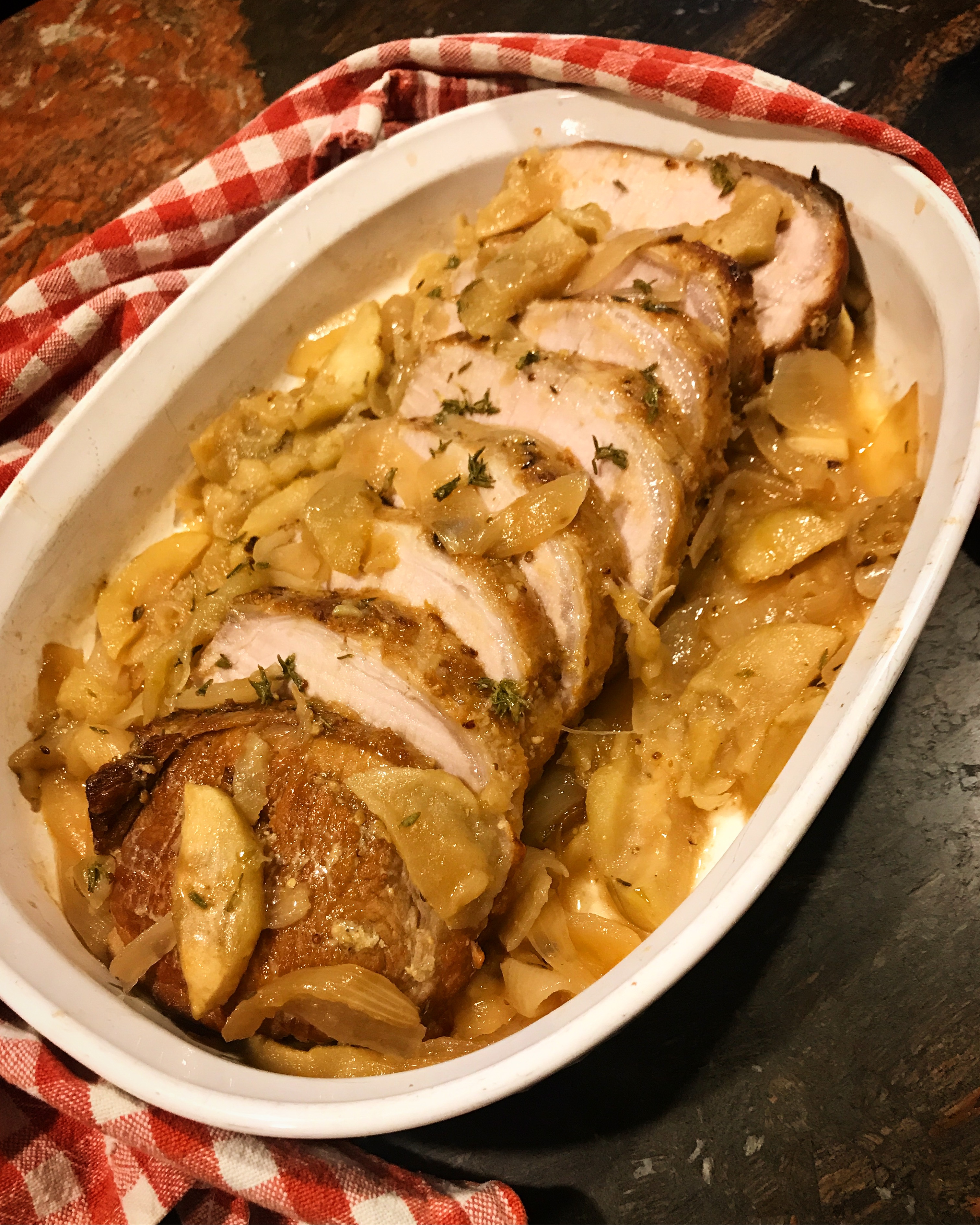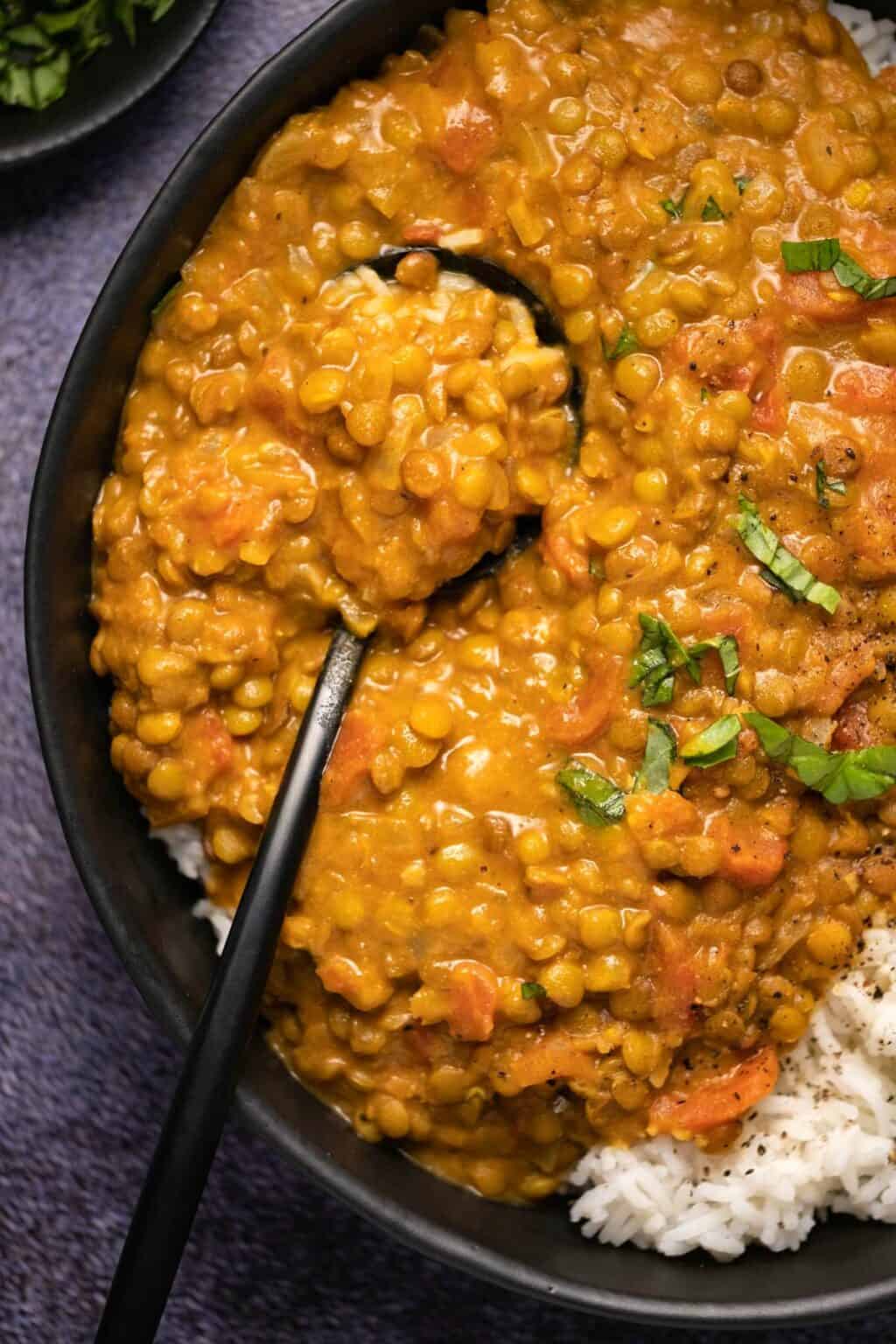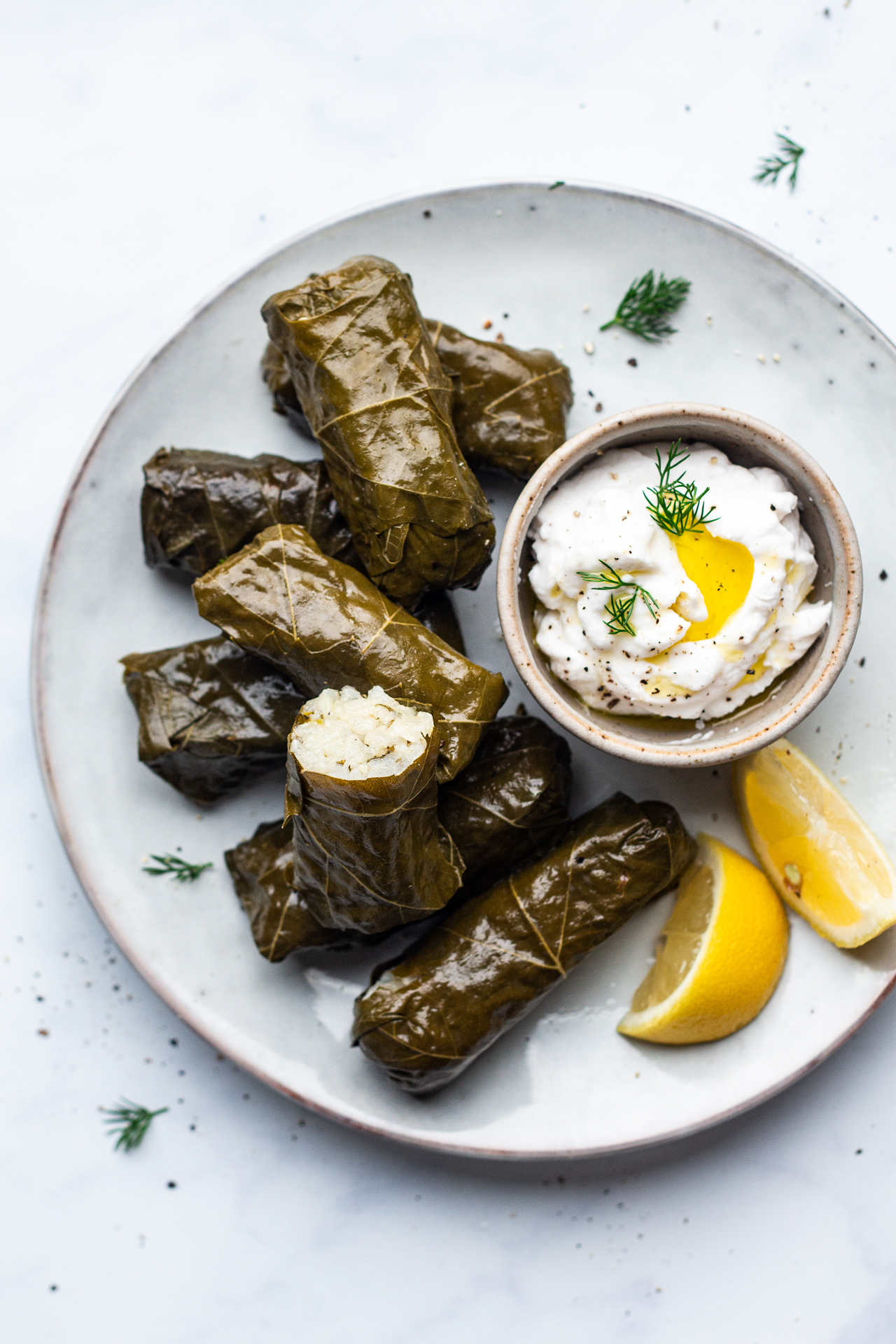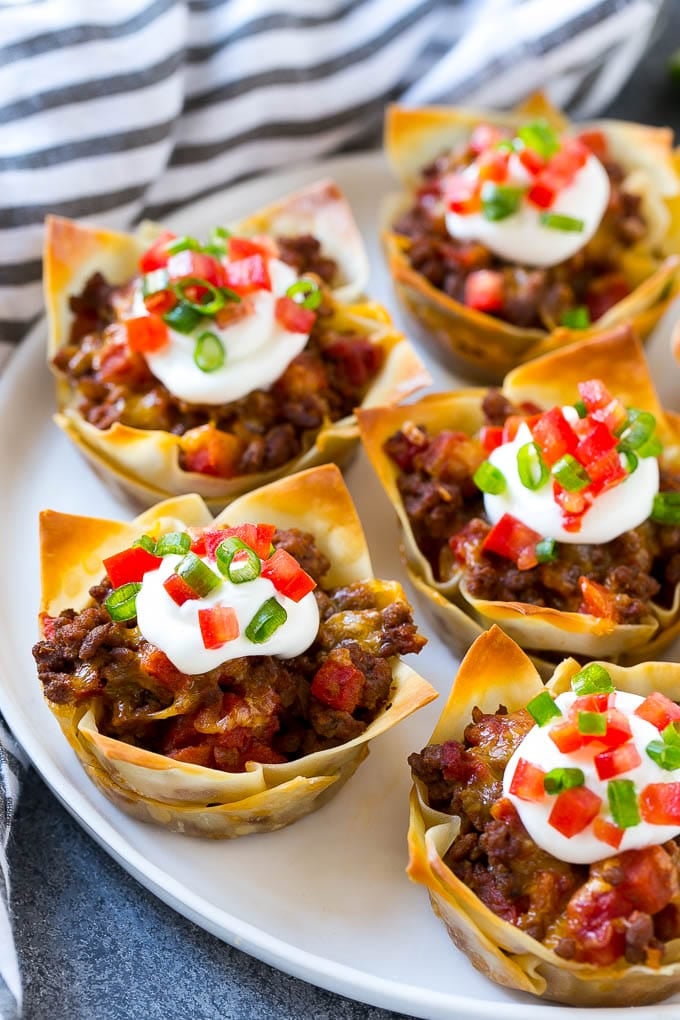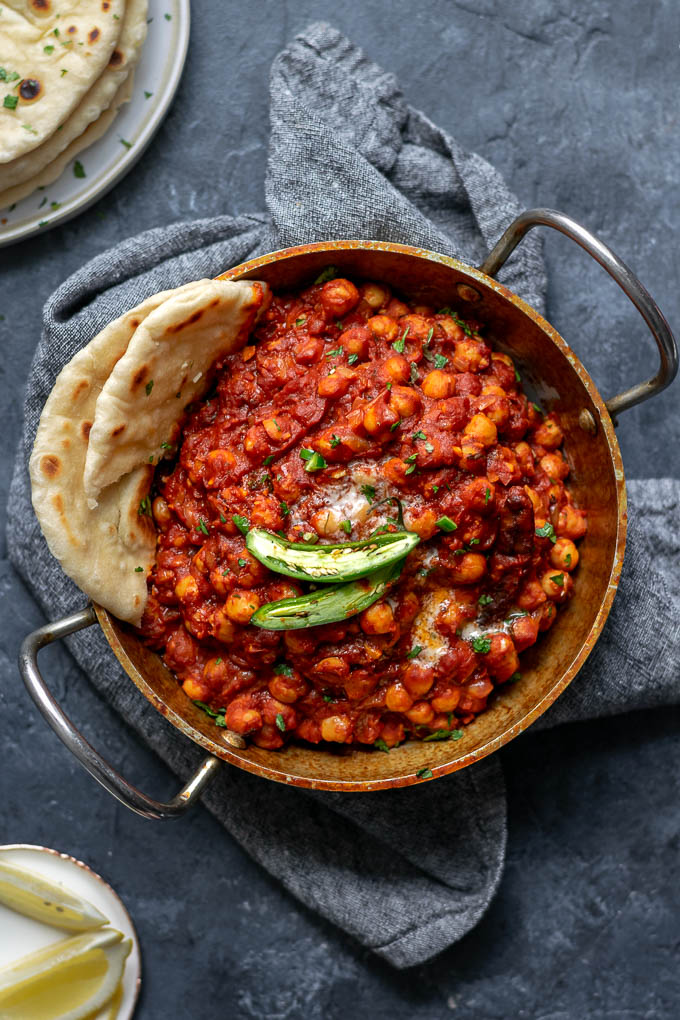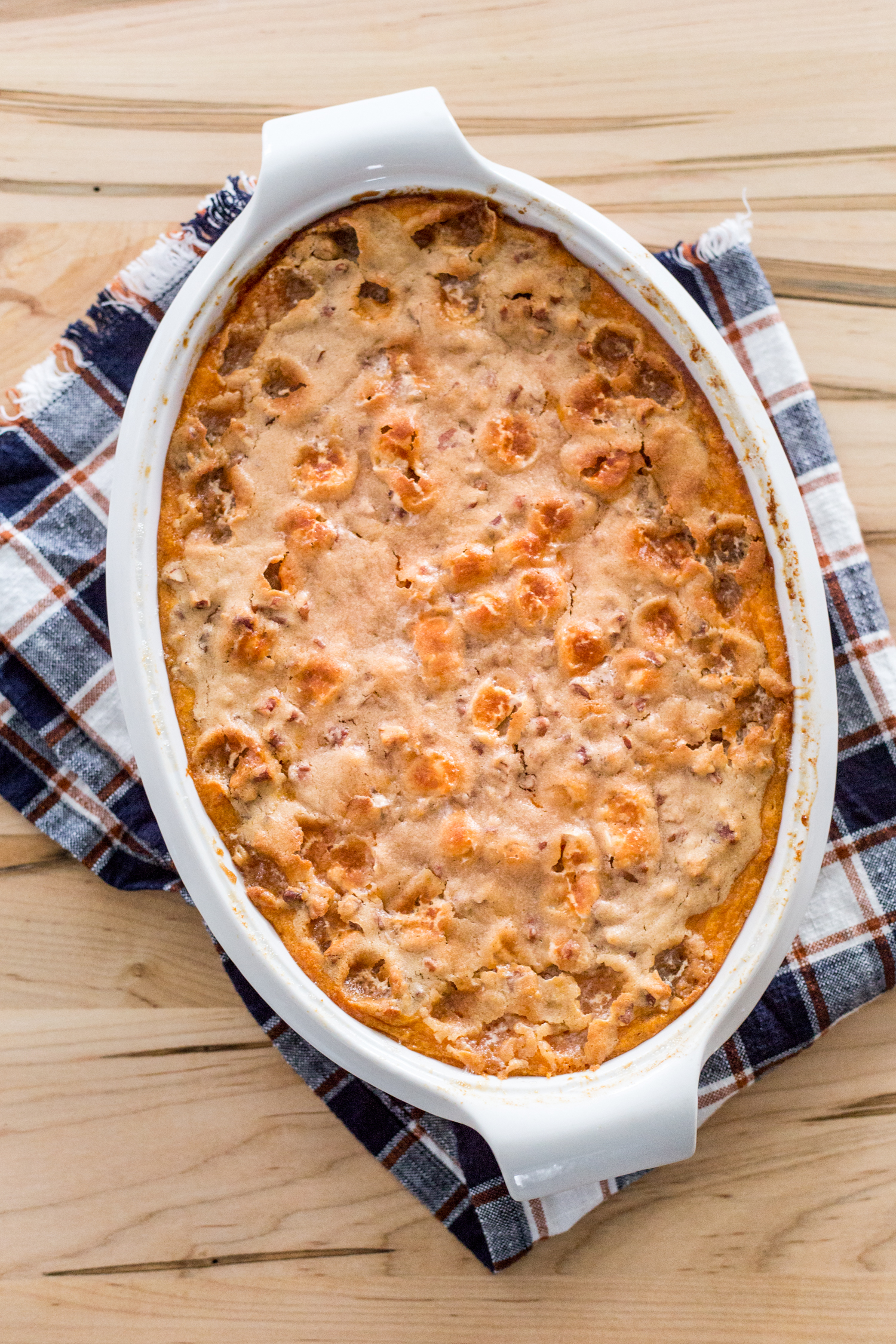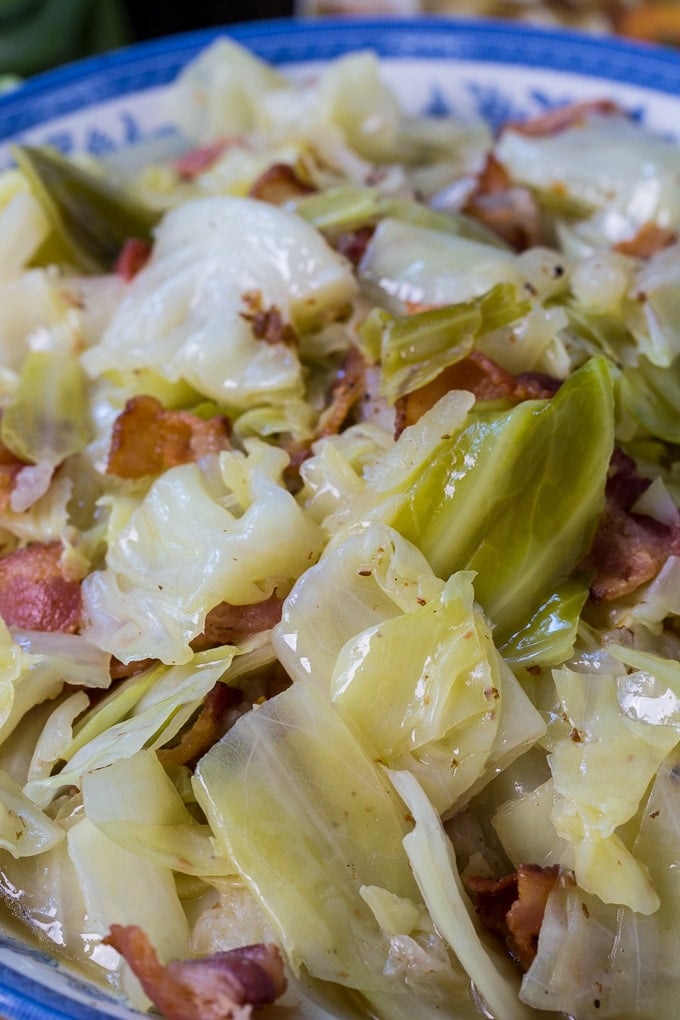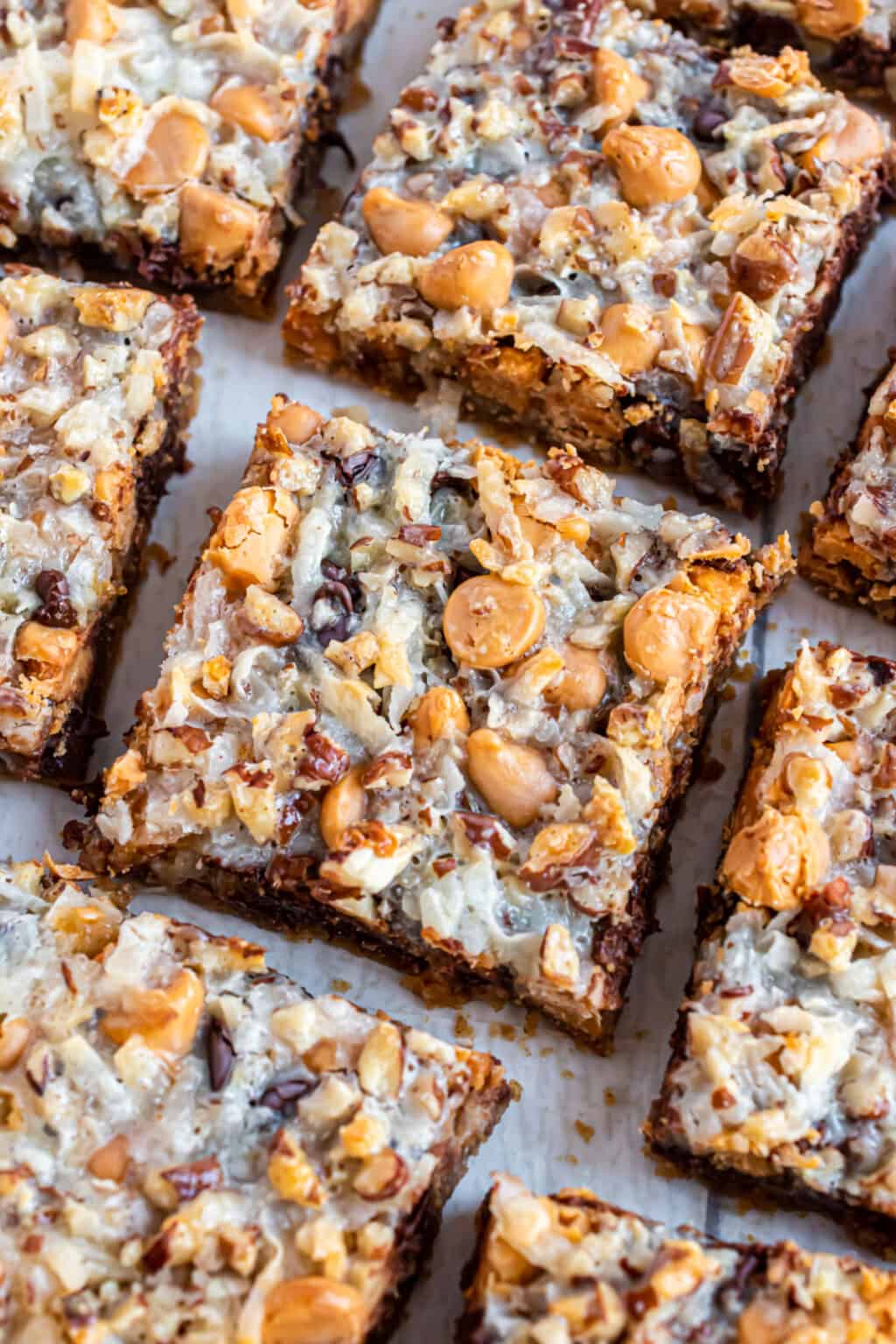Easter is a special time for many people around the world, and one of the most beloved traditions is the preparation and sharing of a delicious meal with family and friends. In Italy, Easter is celebrated with a variety of traditional dishes, but one that stands out above the rest is the classic Easter lamb recipe. Passed down through generations, this dish is not only a delicious and hearty meal, but it also holds deep cultural and religious significance. In this article, we will take a closer look at the traditional Italian Easter lamb recipe and how you can recreate it in your own home.
The History of the Italian Easter Lamb Recipe
The tradition of serving lamb for Easter can be traced back to the ancient times, where it was considered a symbol of new life and rebirth. In Italy, lamb has been a staple dish for Easter since the early Christian era, with the meat representing the sacrifice of Jesus on the cross. The dish has evolved over the years and has become a symbol of celebration and togetherness for families during this special holiday.
The Main Ingredients
To make a traditional Italian Easter lamb, you will need a few key ingredients that are essential to the dish's flavor and authenticity. The main ingredient, of course, is the lamb itself. In Italy, a whole lamb is usually used, but for smaller families, a leg of lamb can also be used. Other important ingredients include garlic, rosemary, and olive oil, which give the dish its signature aroma and taste. Additionally, breadcrumbs, lemon, and white wine are used to add a touch of tanginess to the lamb.
The Cooking Process
The preparation and cooking of the Easter lamb is just as important as the ingredients used. The lamb is marinated overnight with a blend of garlic, rosemary, and olive oil, allowing the flavors to infuse into the meat. On Easter morning, the lamb is then roasted in the oven for several hours, basted with a mixture of white wine, lemon, and breadcrumbs. This slow cooking process ensures that the lamb is tender and succulent, with a crispy and flavorful outer layer.
Serving and Enjoying the Dish
Once the lamb is cooked to perfection, it is time to gather around the table and enjoy this delicious meal with loved ones. The Easter lamb is usually served with a side of roasted potatoes and a fresh salad, making it a well-rounded and satisfying meal. It is also customary to have a glass of red wine to accompany the dish, adding to the festive atmosphere and bringing the flavors of the meal together.
In conclusion, the traditional Italian Easter lamb recipe is more than just a dish; it is a symbol of tradition, culture, and togetherness. By recreating this recipe in your own home, you can not only enjoy a delicious meal but also connect with the rich history and meaning behind it. Buona Pasqua! (Happy Easter!)
HTML CODE:
The History of the Italian Easter Lamb Recipe
The tradition of serving lamb for Easter can be traced back to the ancient times, where it was considered a symbol of new life and rebirth. In Italy, lamb has been a staple dish for Easter since the early Christian era, with the meat representing the sacrifice of Jesus on the cross. The dish has evolved over the years and has become a symbol of celebration and togetherness for families during this special holiday.
The Main Ingredients
To make a traditional Italian Easter lamb, you will need a few key ingredients that are essential to the dish's flavor and authenticity. The main ingredient, of course, is the lamb itself. In Italy, a whole lamb is usually used, but for smaller families, a leg of lamb can also be used. Other important ingredients include garlic, rosemary, and olive oil, which give the dish its signature aroma and taste. Additionally, breadcrumbs, lemon, and white wine are used to add a touch of tanginess to the lamb.
The Cooking Process
The preparation and cooking of the Easter lamb is just as important as the ingredients used. The lamb is marinated overnight with a blend of garlic, rosemary, and olive oil, allowing the flavors to infuse into the meat. On Easter morning, the lamb is then roasted in the oven for several hours, basted with a mixture of white wine, lemon, and breadcrumbs. This slow cooking process ensures that the lamb is tender and succulent, with a crispy and flavorful outer layer.
Serving and Enjoying the Dish
Once the lamb is cooked to perfection, it is time to gather around the table and enjoy this delicious meal with loved ones. The Easter lamb is usually served with a side of roasted potatoes and a fresh salad, making it a well-rounded and satisfying meal. It is also customary to have a glass of red wine to accompany the dish, adding to the festive atmosphere and bringing the flavors of the meal together.
In conclusion, the traditional Italian Easter lamb recipe is more than just a dish; it is a symbol of tradition, culture, and togetherness. By recreating this recipe in your own home, you can not only enjoy a delicious meal but also connect with the rich history and meaning behind it. Buona Pasqua! (Happy Easter!)



![Easter Lamb Recipe [video] - Sweet and Savory Meals](https://sweetandsavorymeals.com/wp-content/uploads/2019/03/Easter-Lamb-Recipe-2-680x1020.jpg)
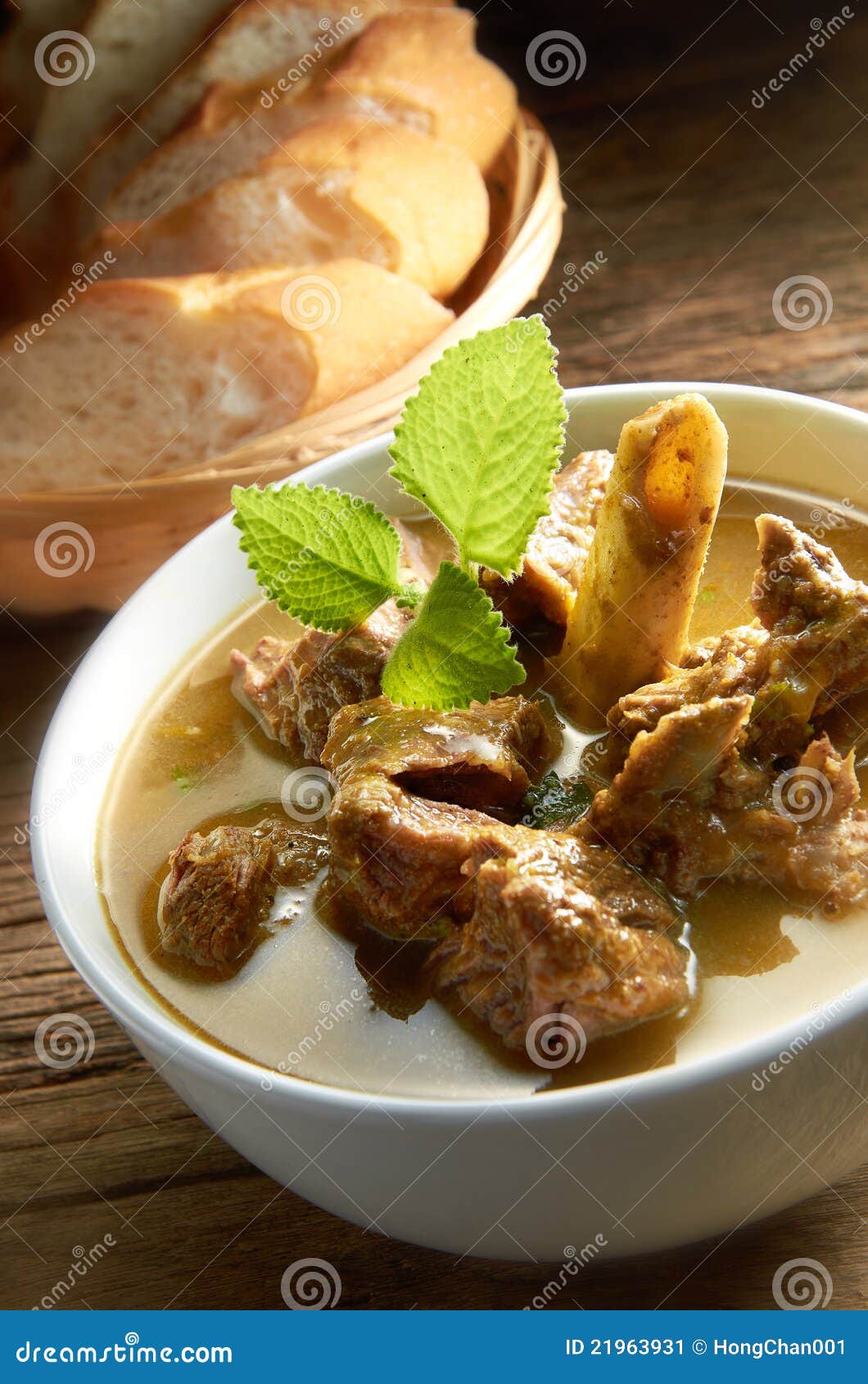




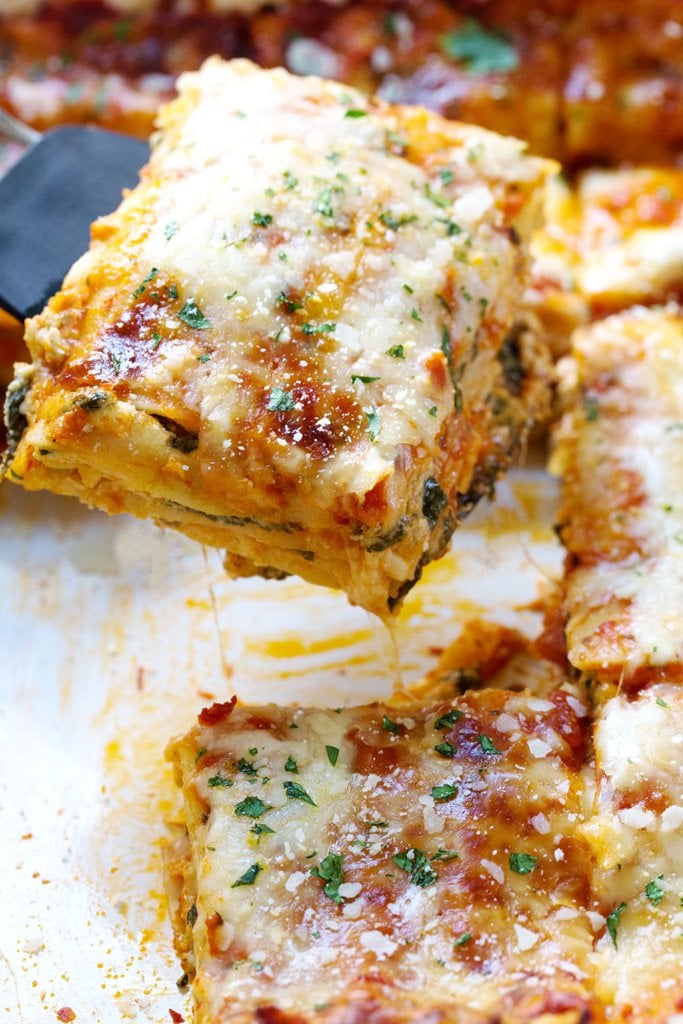




![Lamb Stew Recipe [Video] - Sweet and Savory Meals](https://sweetandsavorymeals.com/wp-content/uploads/2020/01/lamb-stew-red-wine-680x1020.jpg)

